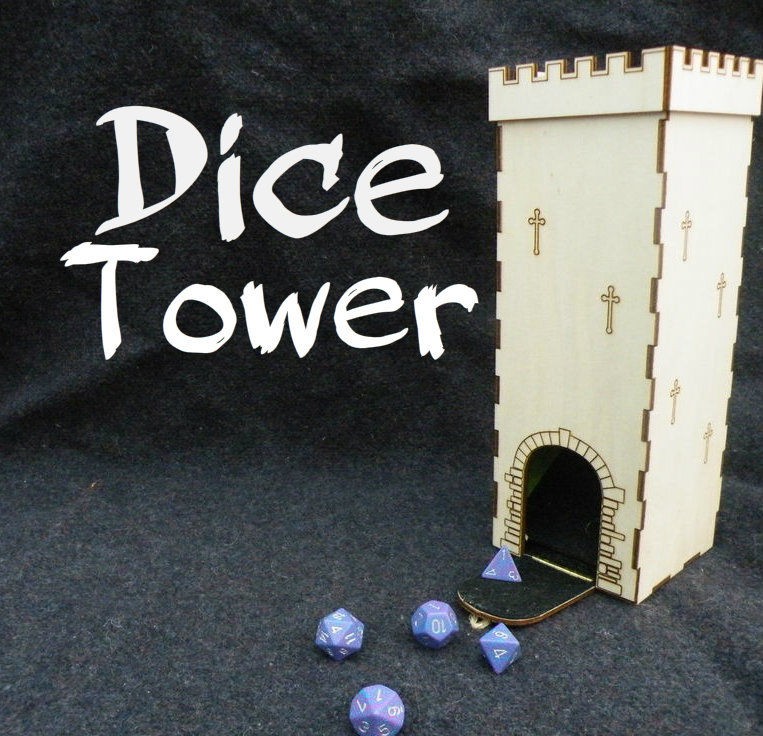
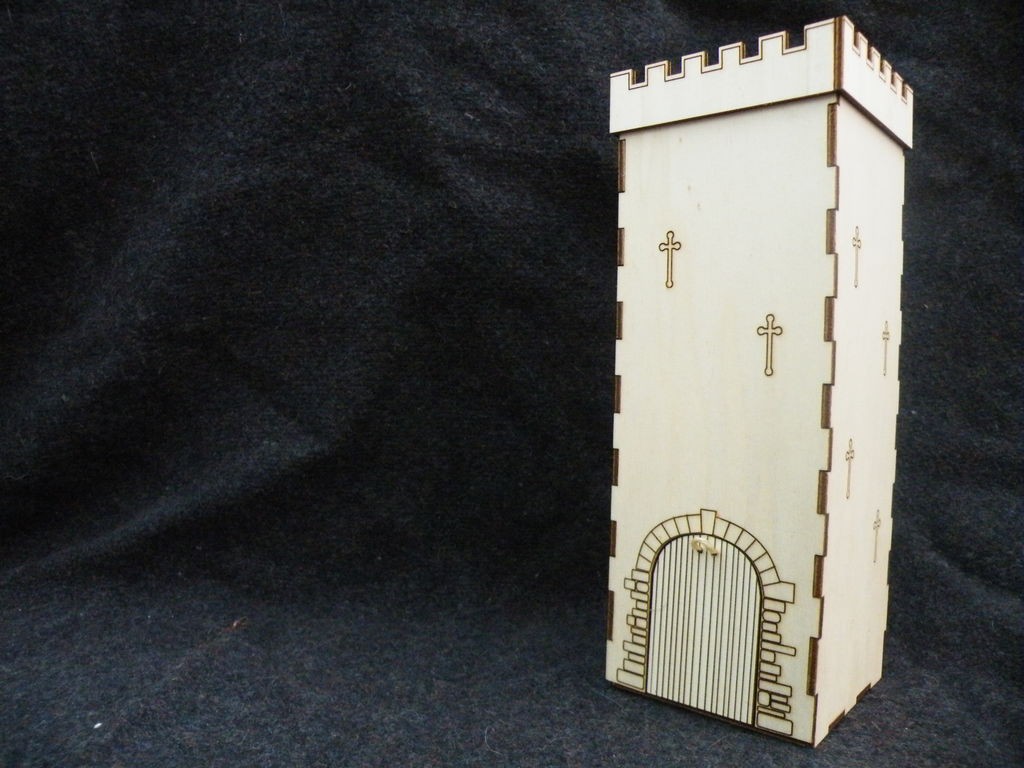
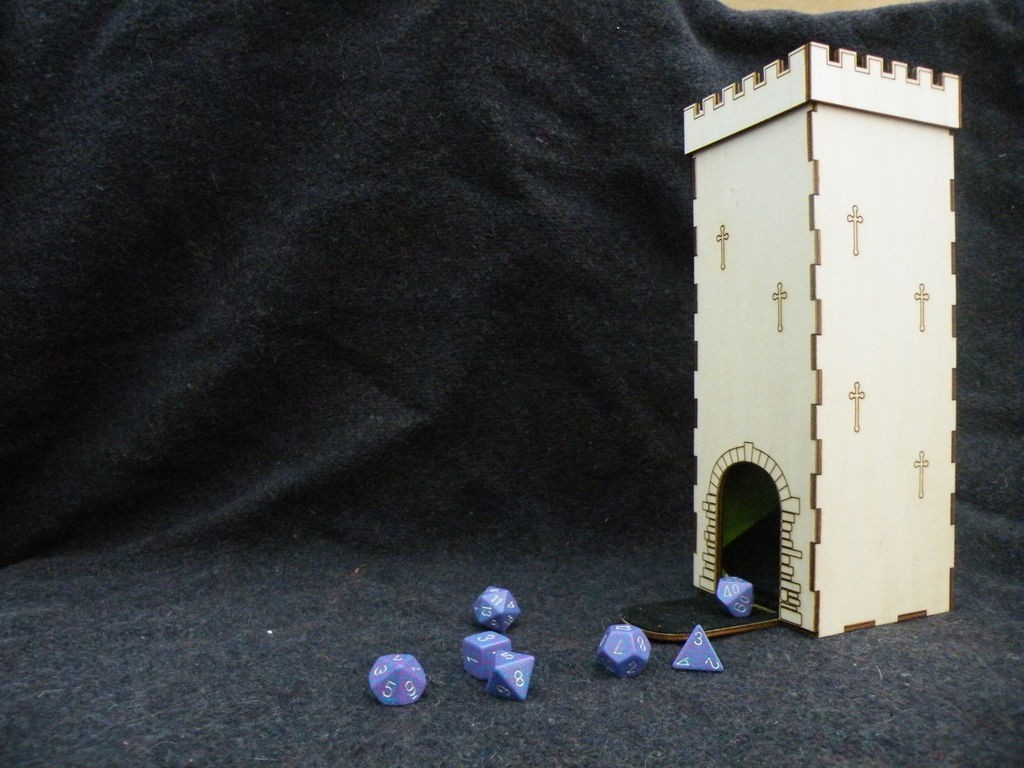
Every role-player needs dice.
Dice need rolling.
Rolling dice need a dice-tower.
This is the tower I made for my eldest - it's fully lined to reduce the clatter of the dice, and has a magnetic closure.
(Big shout-out to Jayefuu for letting me use his very cool door design - sorry I didn't leave the hinges on, dude!)
Step 1: Needful Things
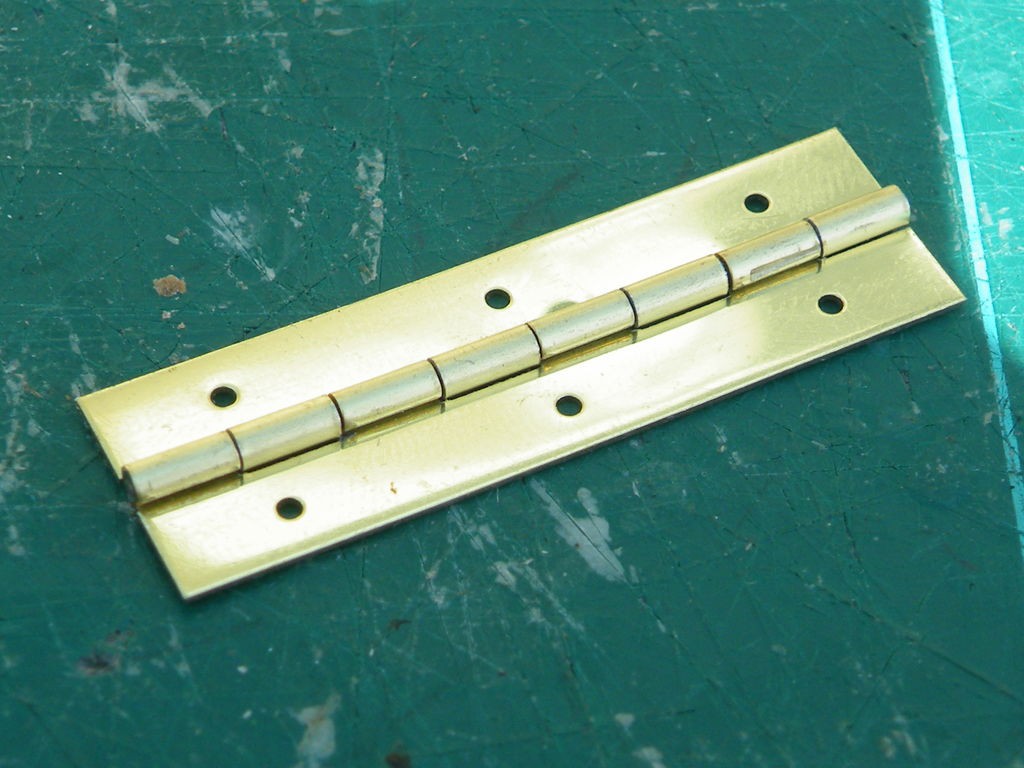
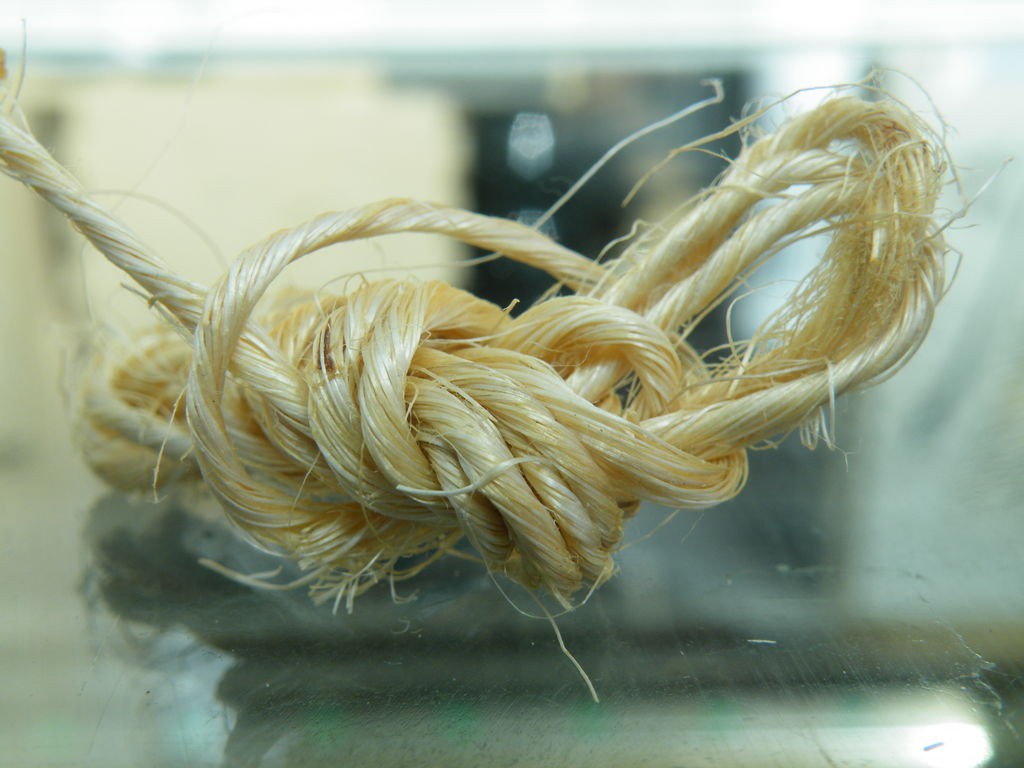
As well as the (A2) files attached to this step, you will need:
- 3mm plywood.
- Felt (mine came from the craft section of a local "pound" store).
- A small strong magnet (I used a 5mm cubic neodymium magnet from my stash).
- A paper clip.
- A small hinge (mine came from a local specialist hobby store).
- String.
- Glue - wood-glue and super glue.
- A pencil
- Clamps
- Time - you will need to give the tower regular pauses to dry. On a warm, dry day, with plenty of ventilation, this will take at least an afternoon to assemble.
If you don’t have your own cutter, you can use one of the online laser cutting services to get your parts cut (it should cost you around $47, but you can cut the cost by cutting your felt by hand with a pair of scissors), then jump ahead to step 3.
Download Dice Tower 3mm 24 x12 Ponoko Ready.svg
Download Dice Tower 3mm Felt lining P2 Ponoko Ready.svg
Download Dice Tower.dxf
Download Dice Tower.pdf
Download DiceTow1.ecp
Download Dice Tower.svg
Download Dice Tower A2.pdf
Download Dice Tower A2.svg
Step 2: Cutting
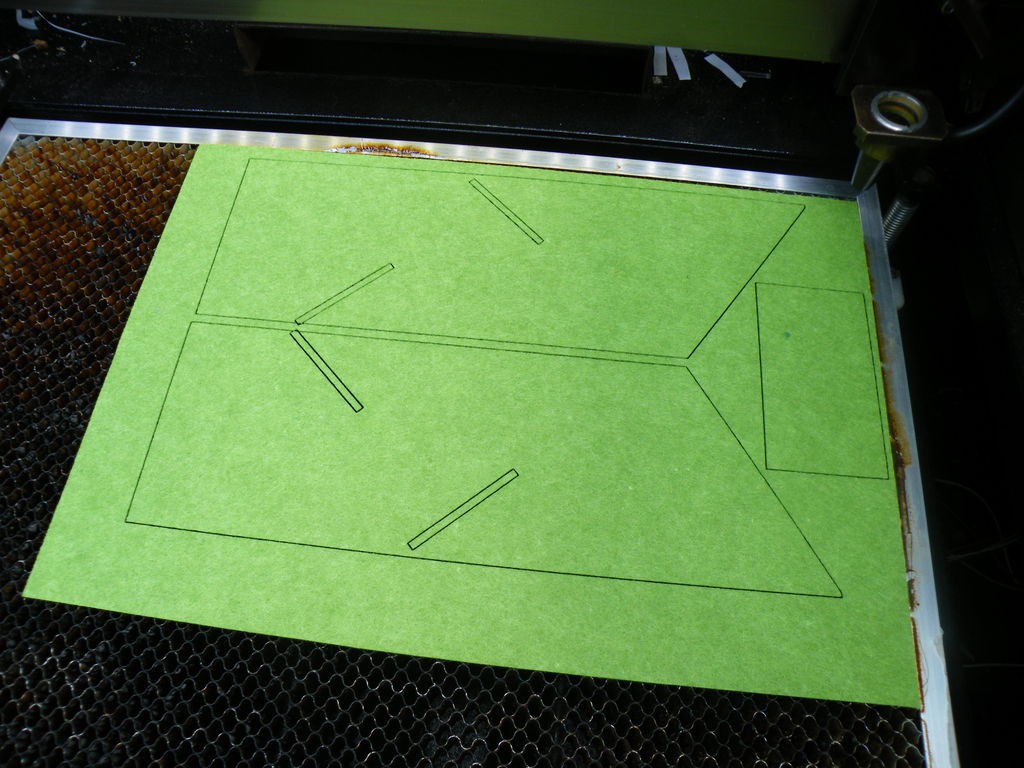
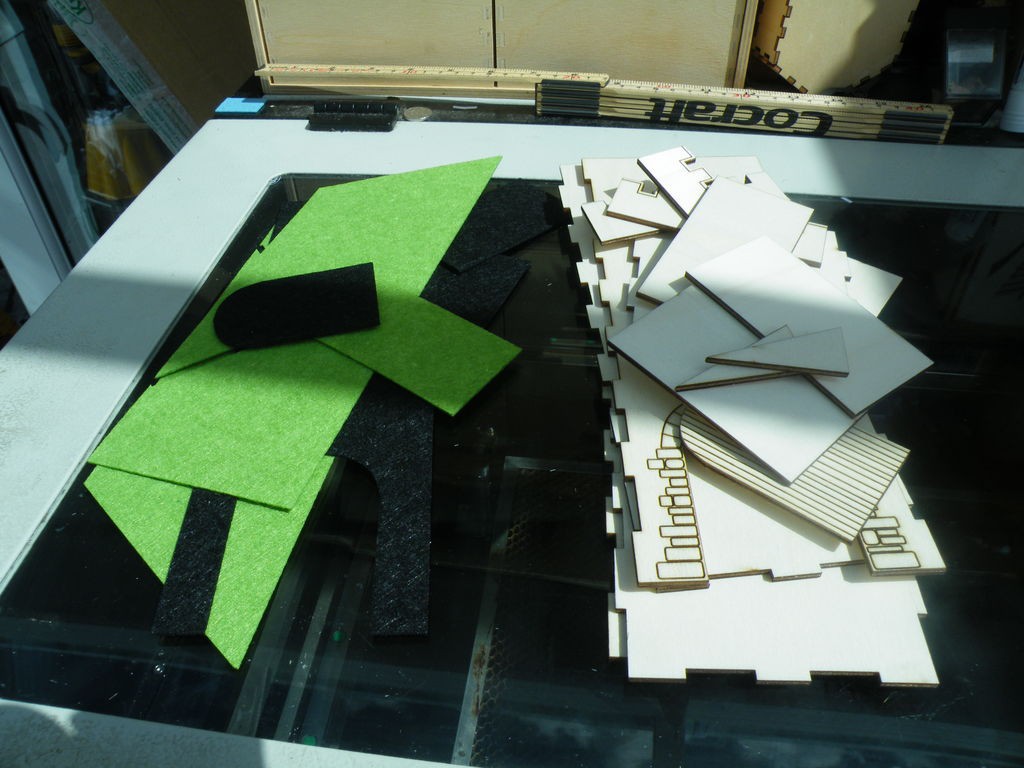
The files as given in the previous step have all the parts - wood and felt - in the same cut. You will need to edit the layout of the pieces and the power-settings to suit your cutter.
Because I chose cheap felt, the pack had only one sheet of each colour, so the lining had to be two colours - my eldest chose a combination of green and black.
Step 3: Marking the Tower
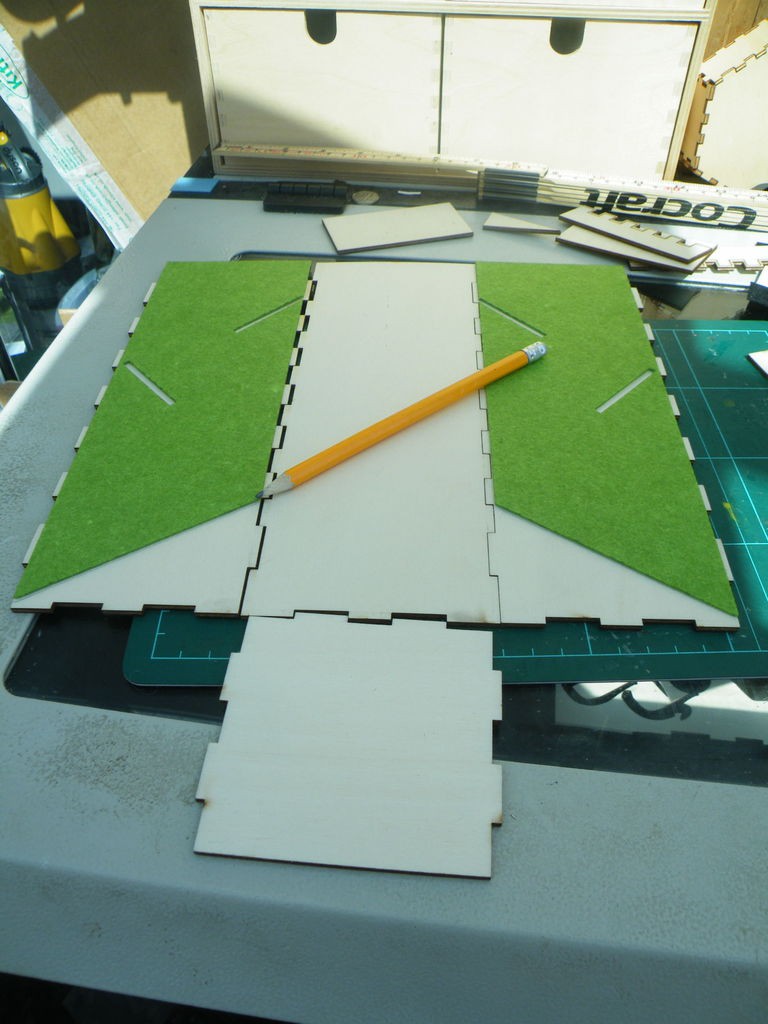
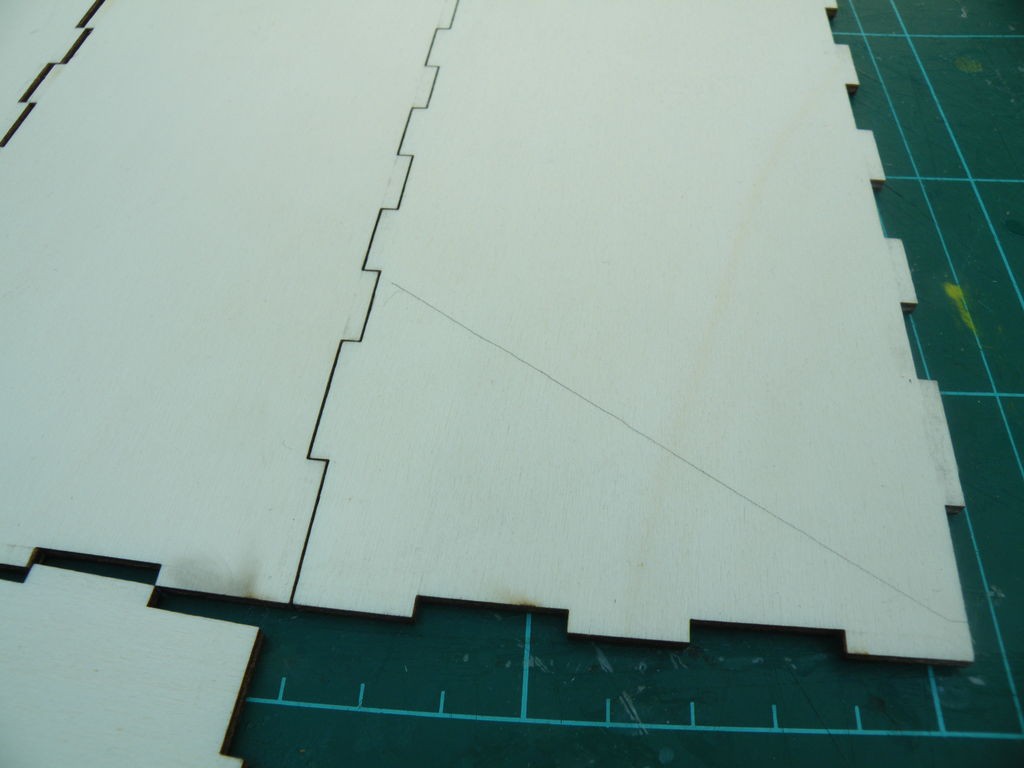
Lay out the back and sides of the tower, and lay the angled side parts of the felt lining in place on the side sections.
Using a pencil, mark where the diagonal of the felt falls on the plywood - this is where one of the tumbling slopes will be fitted.
Step 4: Starting the Tower Shell.
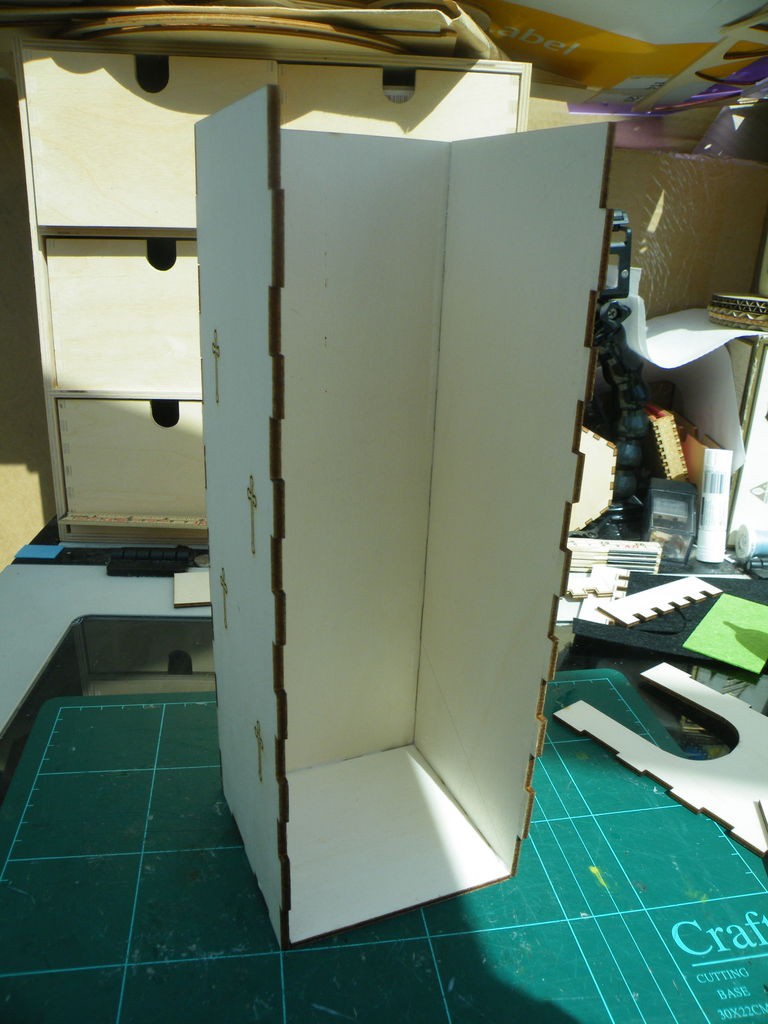
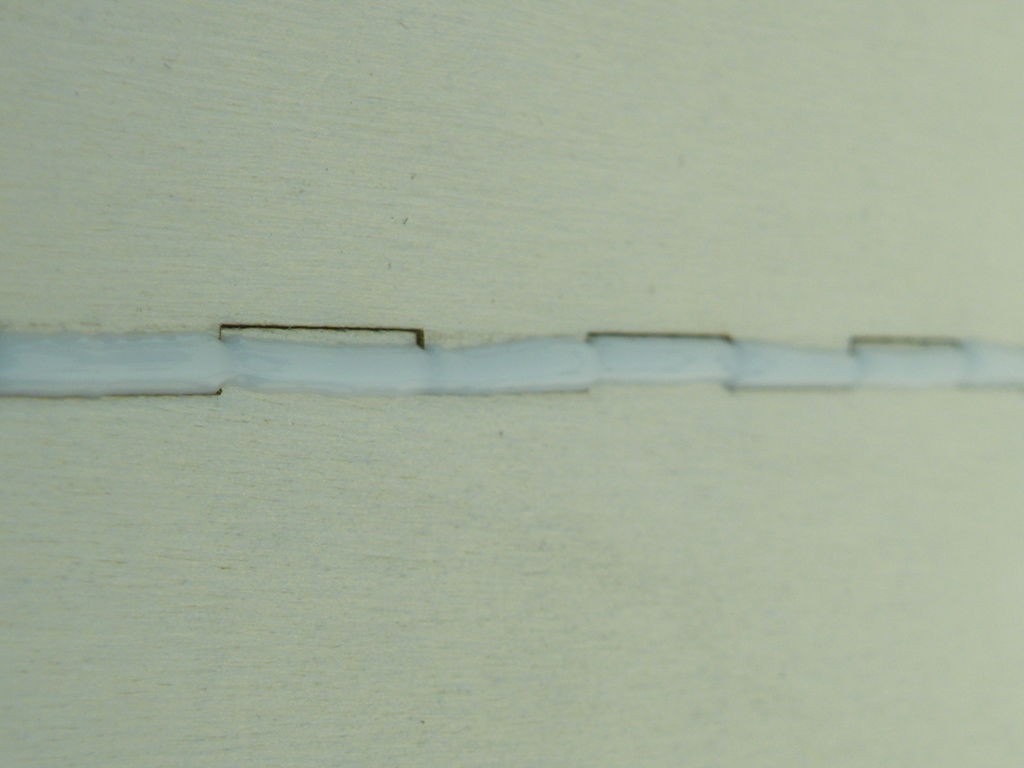
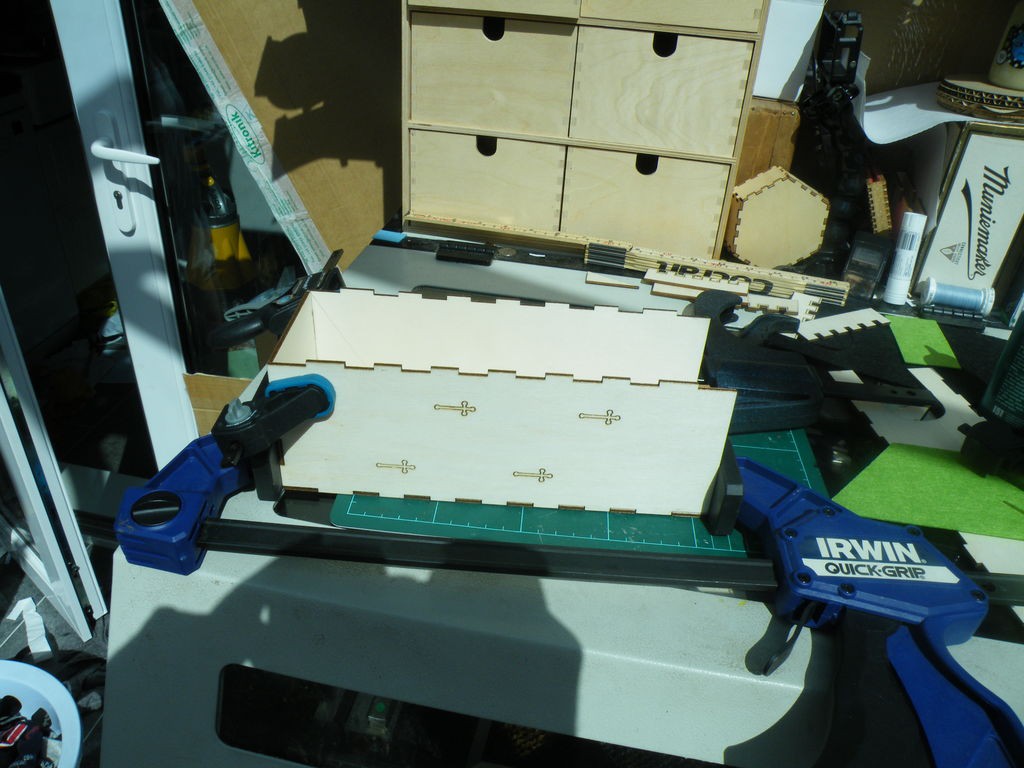
You need to assemble the parts of the tower in a certain order, or you will find yourself unable to fit some parts.
Start with the back, sides and base of the tower - glue the joints, assemble and clamp.
A trick with gluing finer-joints; if you lay them out flat, you can "draw" a line of glue along the joint - when you put the joint together, the glue lines will disappear inside the fingers.
Step 5: Insert the Bottom Slope
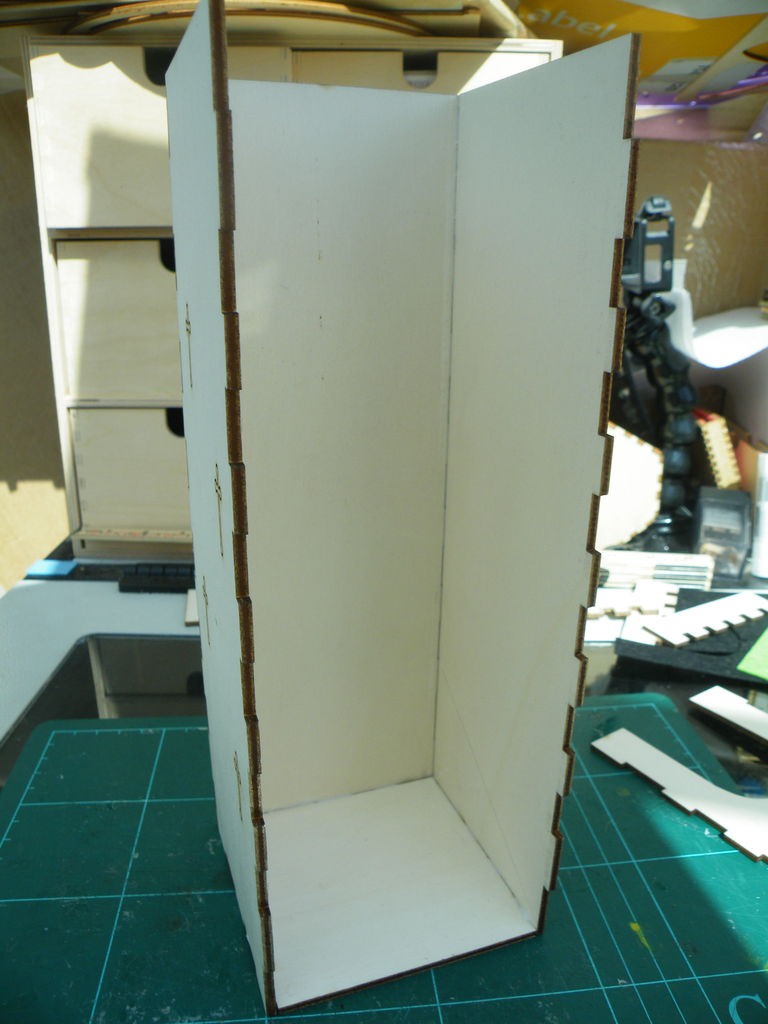

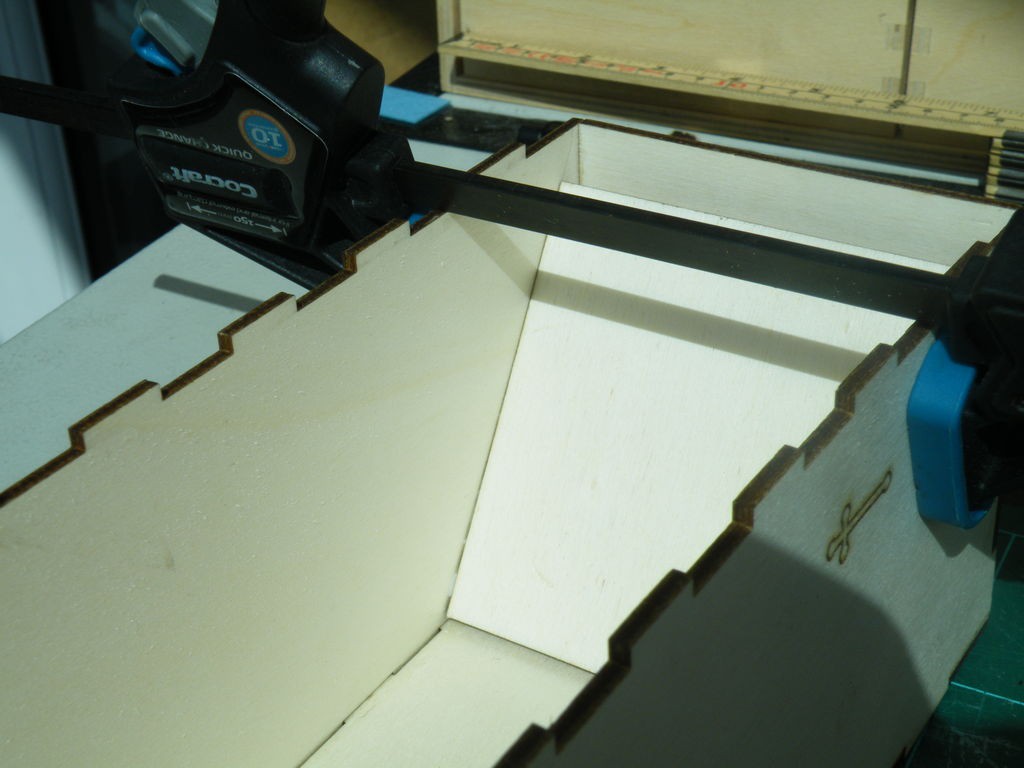

The key parts of a dice tower are the slopes that cause the tumble.
We are going to be fitting the bottom slope first.
Test-fit the bottom slope before you add any glue, to make sure you get it the right way round.
Draw a line of glue along the pencil lines you drew in the previous step, and re-fit the slope in place.
Gently clamp the sides of the tower, and the squeeze will keep the ramp in place while the glue dries.
Step 6: Add the Guide Slopes

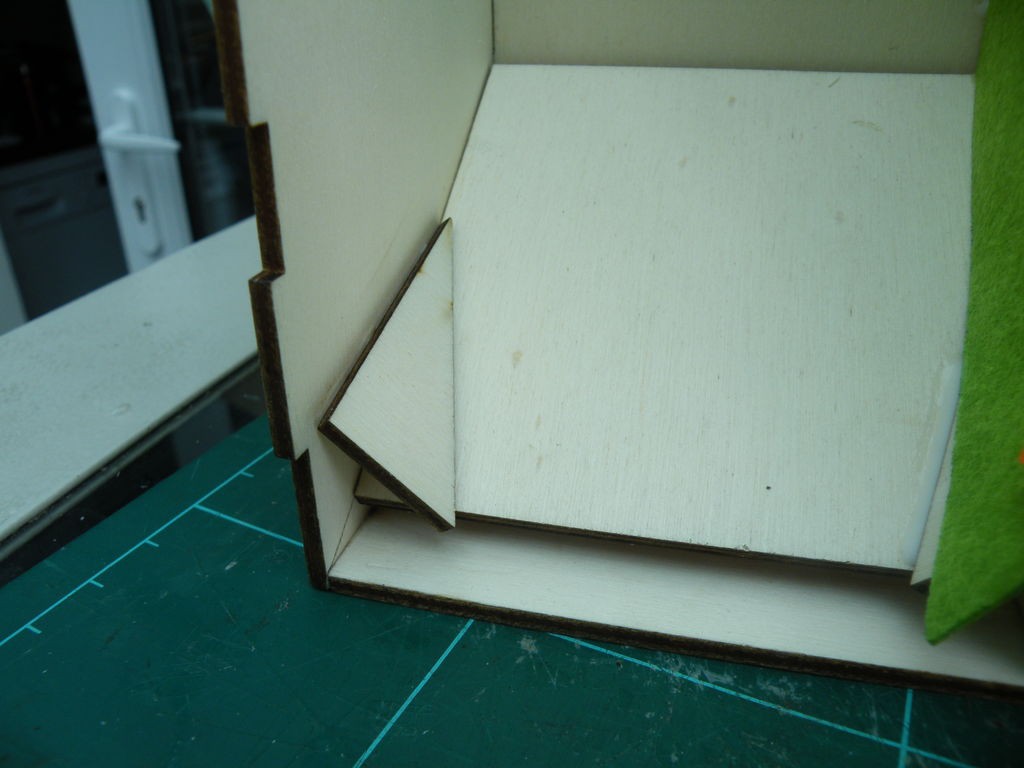
We don't want the dice to get trapped in the bottom of the tower.
The two triangular parts prevent this.
The parts do not meet at right angles, so use generous amounts of wood-glue to fill the joint and hold it until at least you add the linings.
Step 7: Start the Lining
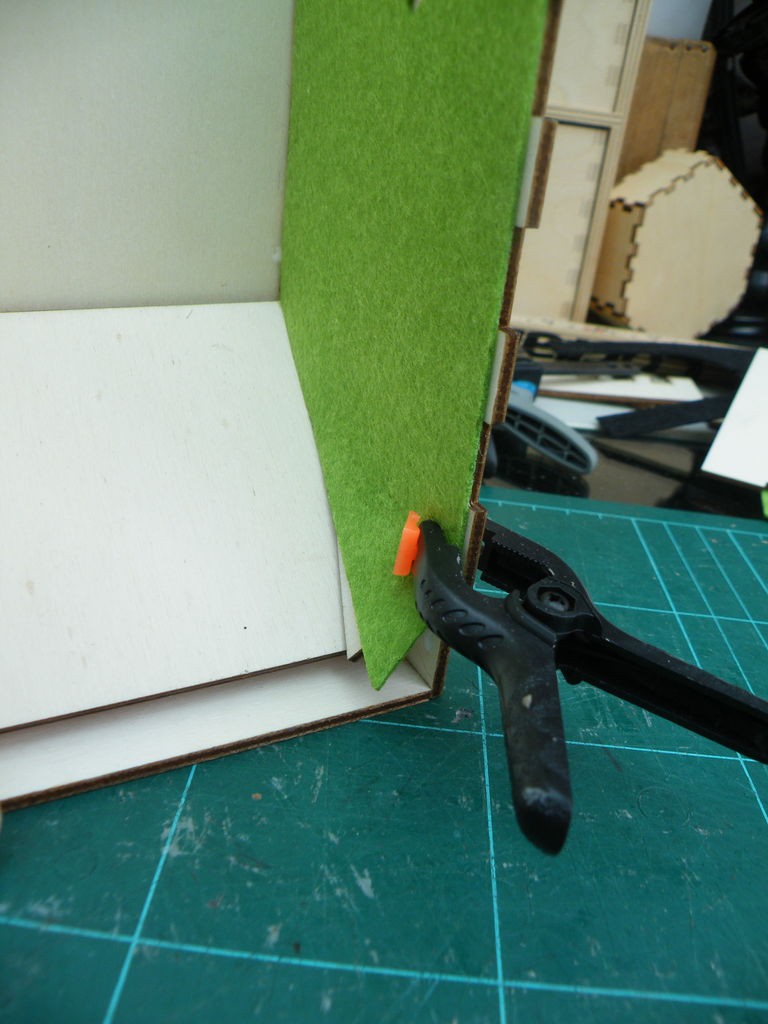
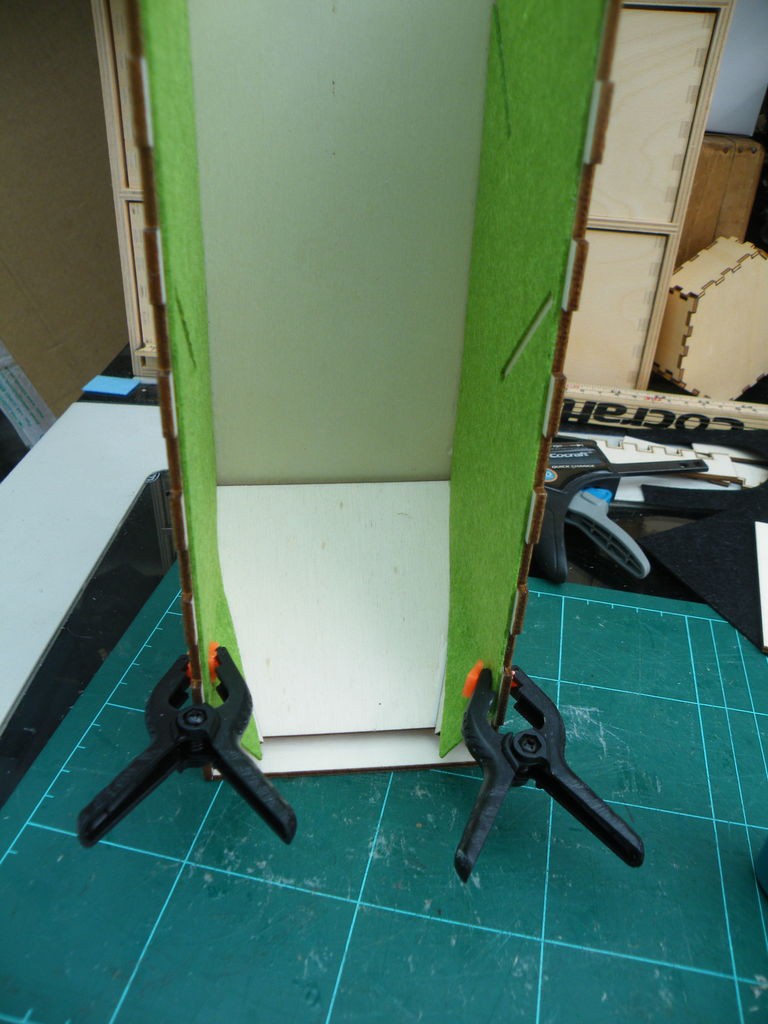
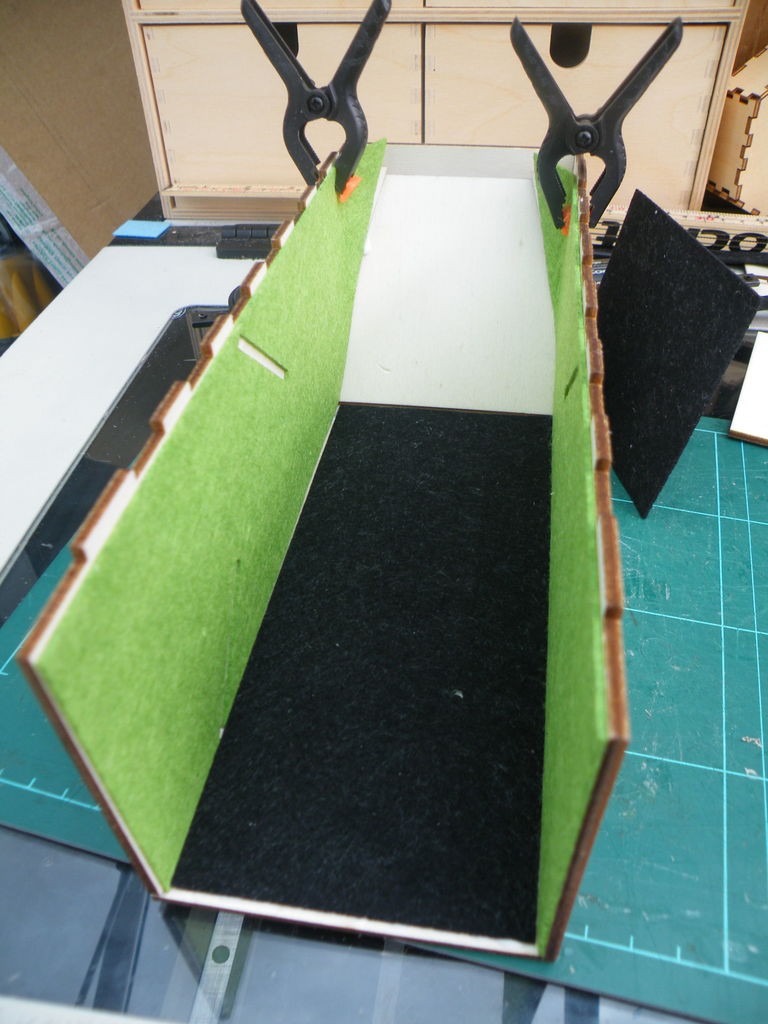
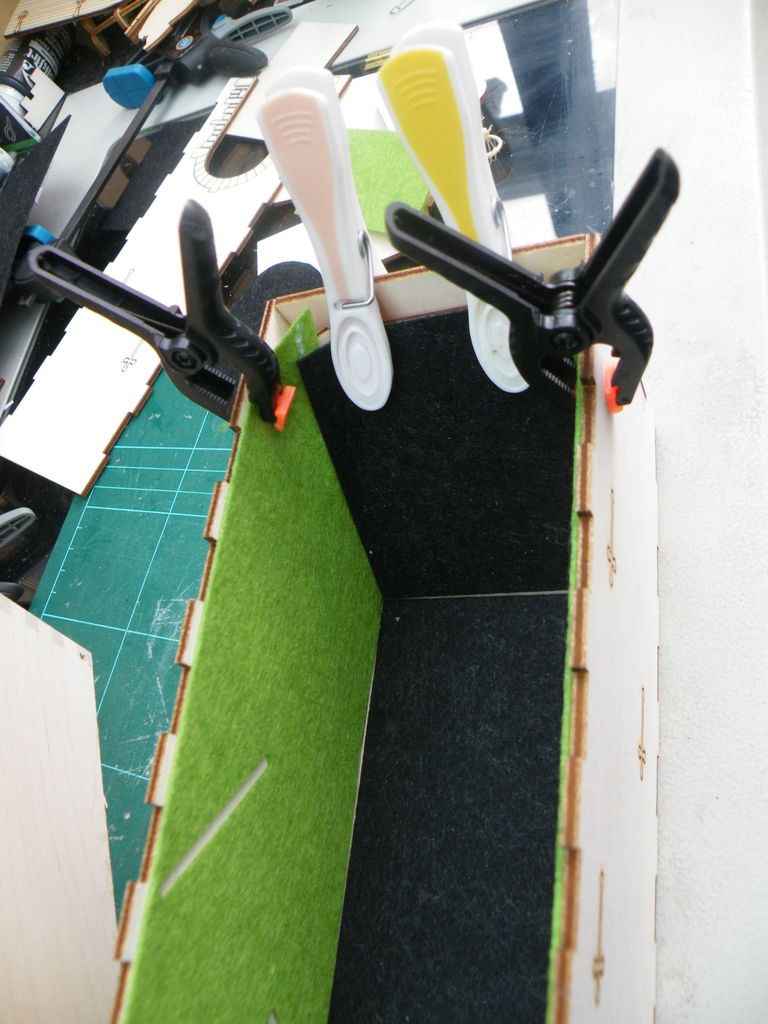
Now it is time to add the lining.
You can leave the lining out of your tower if you wish, but the dice will be a lot noisier as the tumble, and it will be fiddly adding the top two tumble-slopes, as their locations are marked by the cut felt.
Smear wood-glue all over the inside of one side of the tower. You don't need a lot of glue, but make sure you get it to the edges and corners.
Smooth the felt into place. My felt was slightly stiff, and needed a clip to hold it into the angle formed by the guide-slopes.
You then add the felt to the back of the tower and the surface of the bottom ramp. They shouldn't need clamping if you lay the tower flat on its back to dry.
You must leave the glue to dry completely before going onto the next step.
Step 8: Adding and Lining the Tumble Slopes
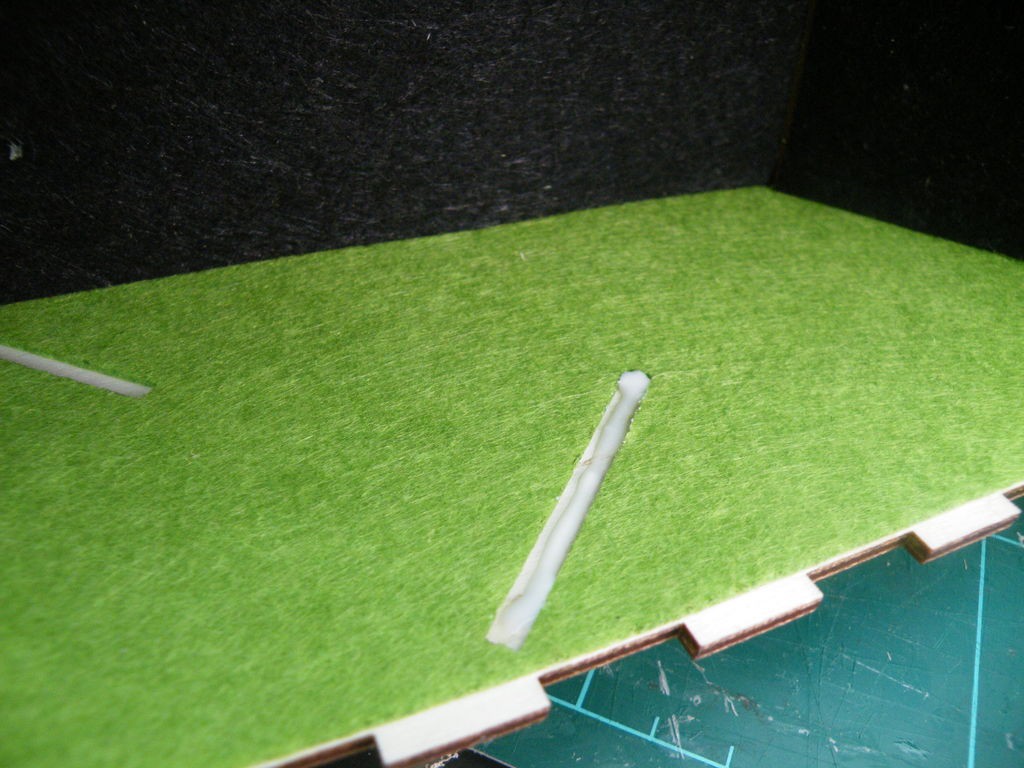
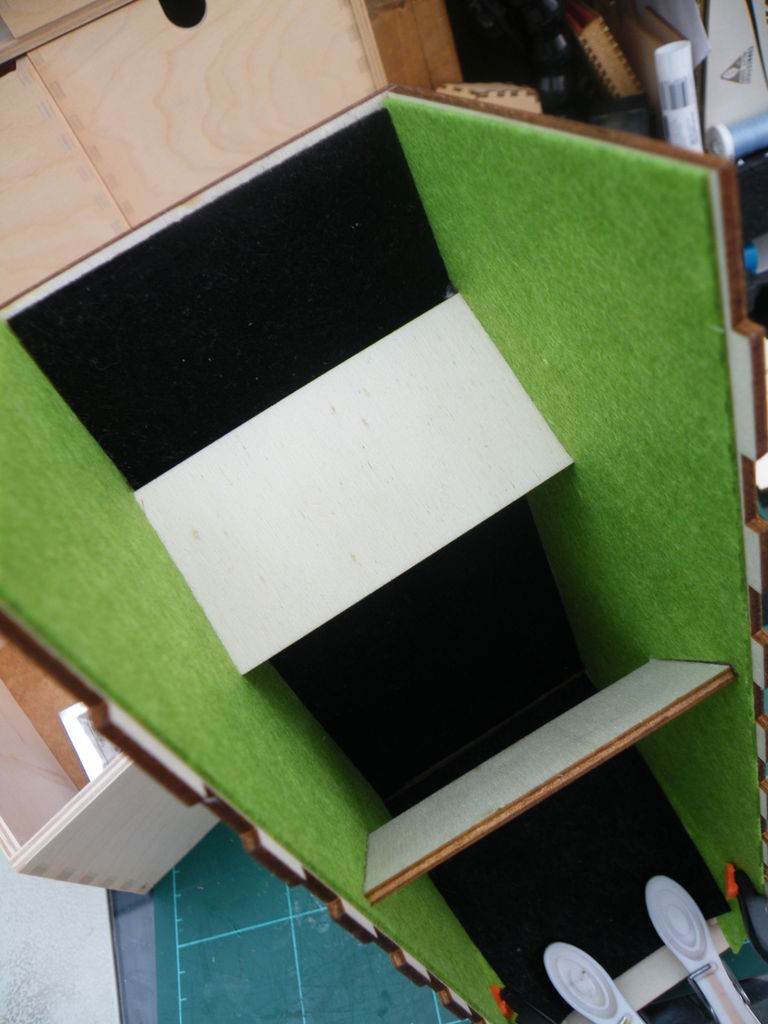
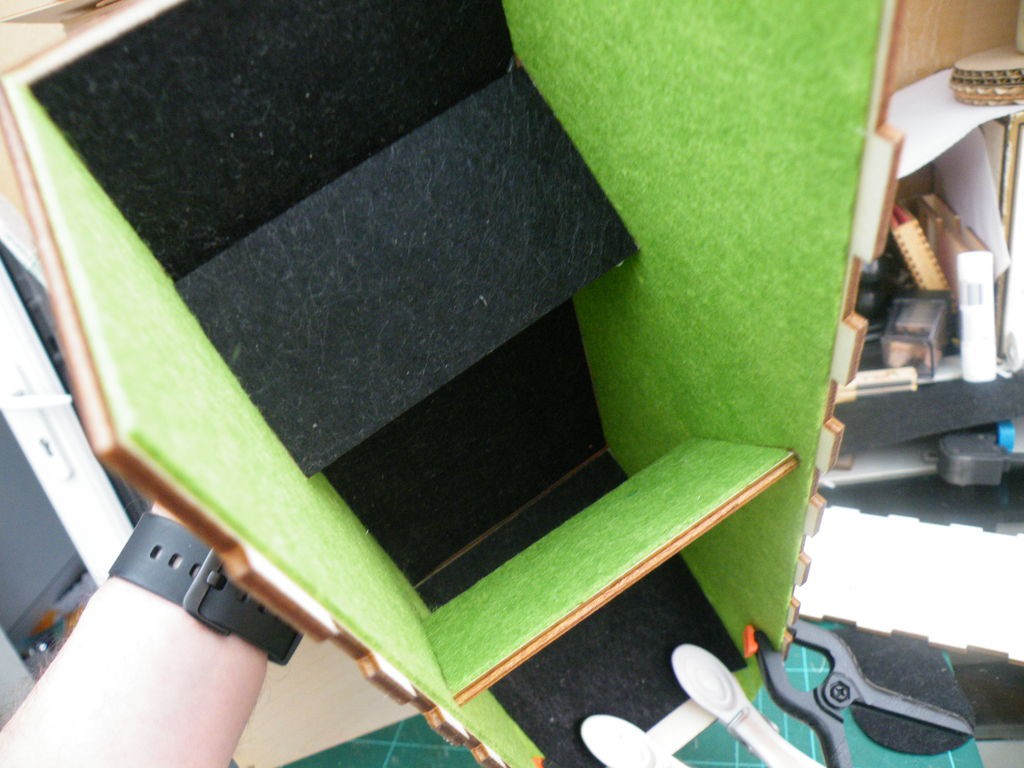
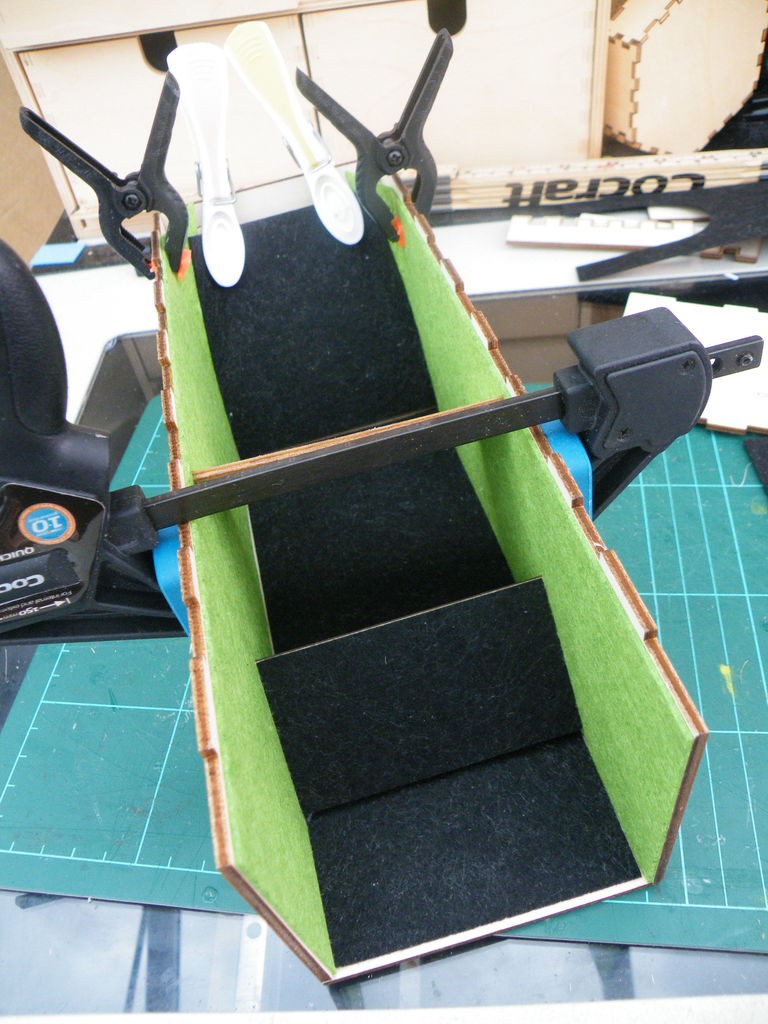
Lay the front of the tower down to line up the door with the "front step" of the tower. Make sure there is a similar clearance all round the door.
Open the hinge out flat, and super-glue it in place - you need to use plenty of glue because hinges get a lot of work, but not so much that you glue the hinge solid. Leave the glue to dry for a few minutes before moving the door.
I used a single hinge, almost as wide as the door, to save me having to line up two hinges with each other.
Step 9: Fitting the Door
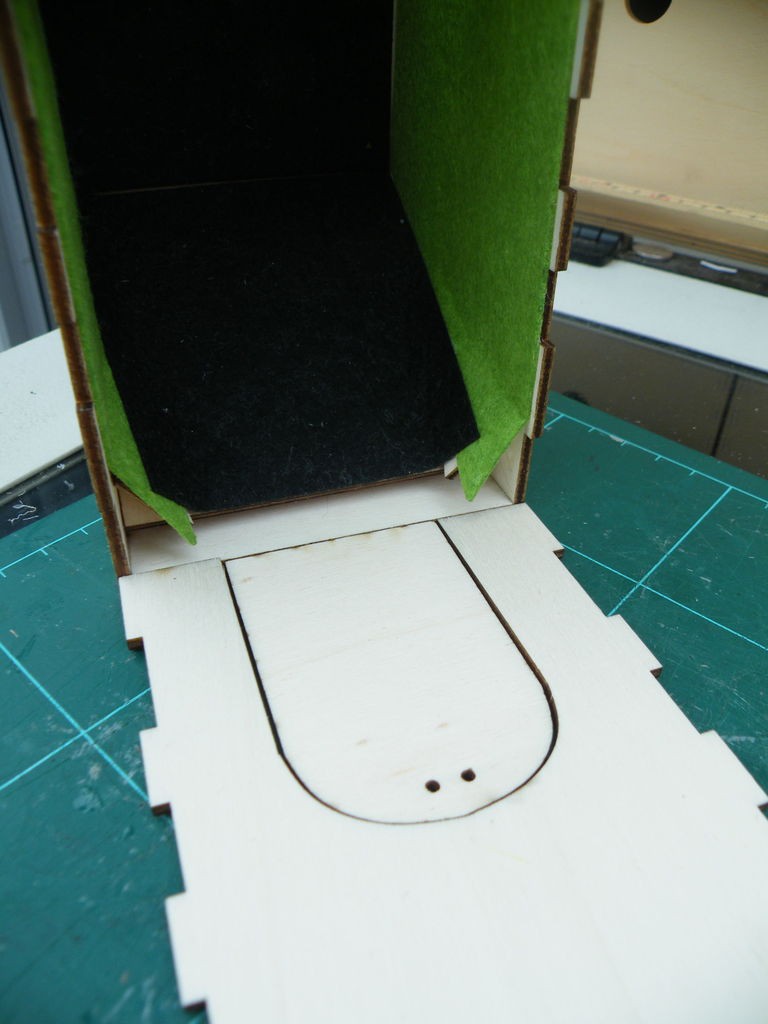
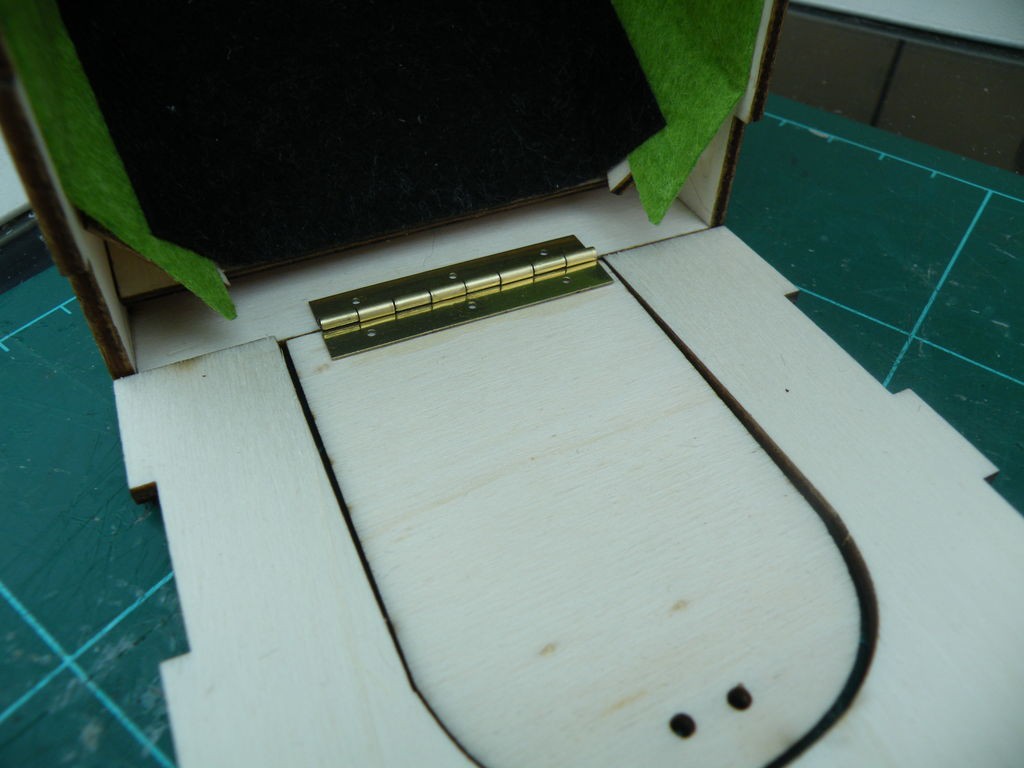
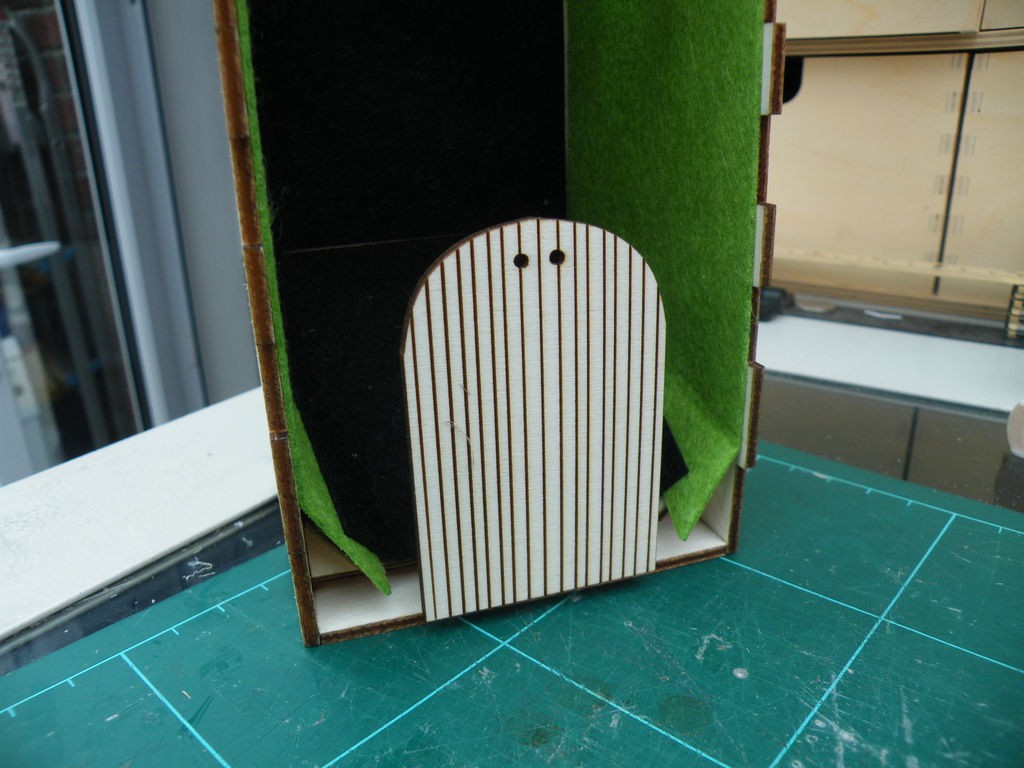
Lay the front of the tower down to line up the door with the "front step" of the tower. Make sure there is a similar clearance all round the door.
Open the hinge out flat, and super-glue it in place - you need to use plenty of glue because hinges get a lot of work, but not so much that you glue the hinge solid. Leave the glue to dry for a few minutes before moving the door.
I used a single hinge, almost as wide as the door, to save me having to line up two hinges with each other.
Step 10: Lining the Front of the Tower and Start the Magnetic Lock.
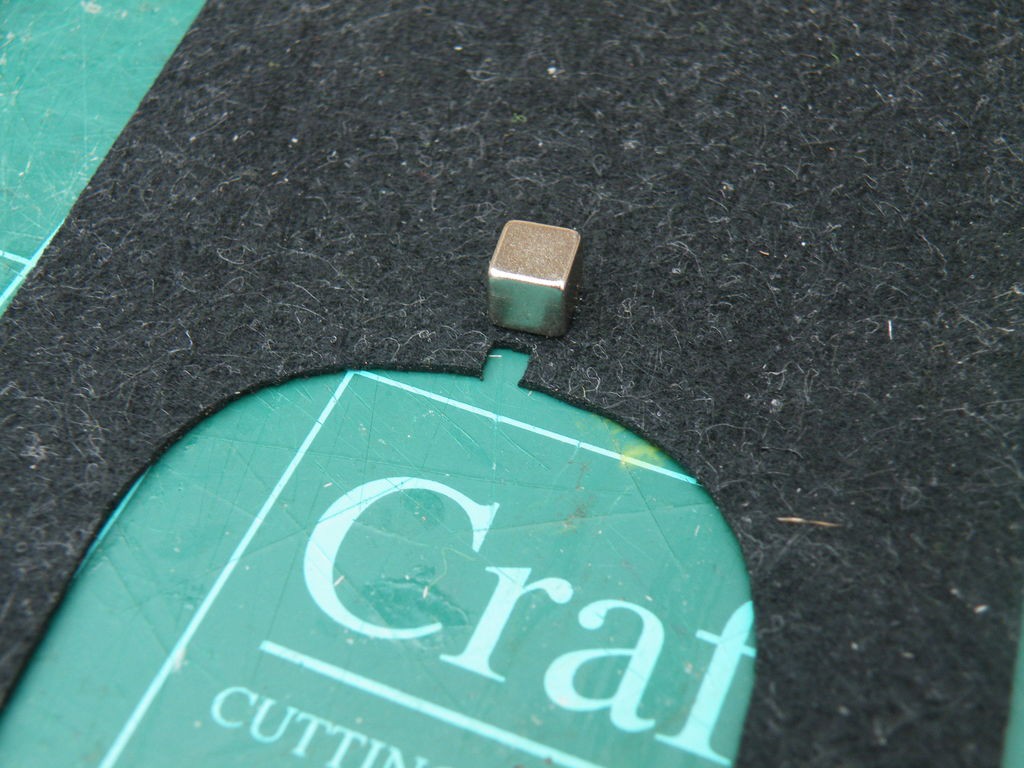
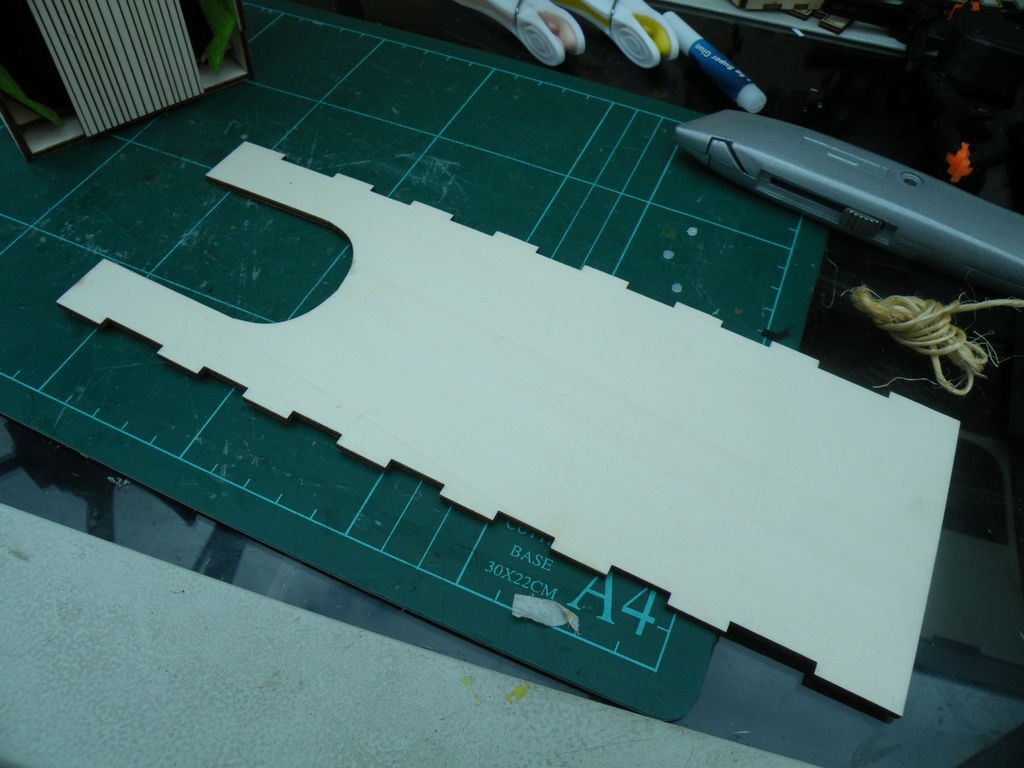
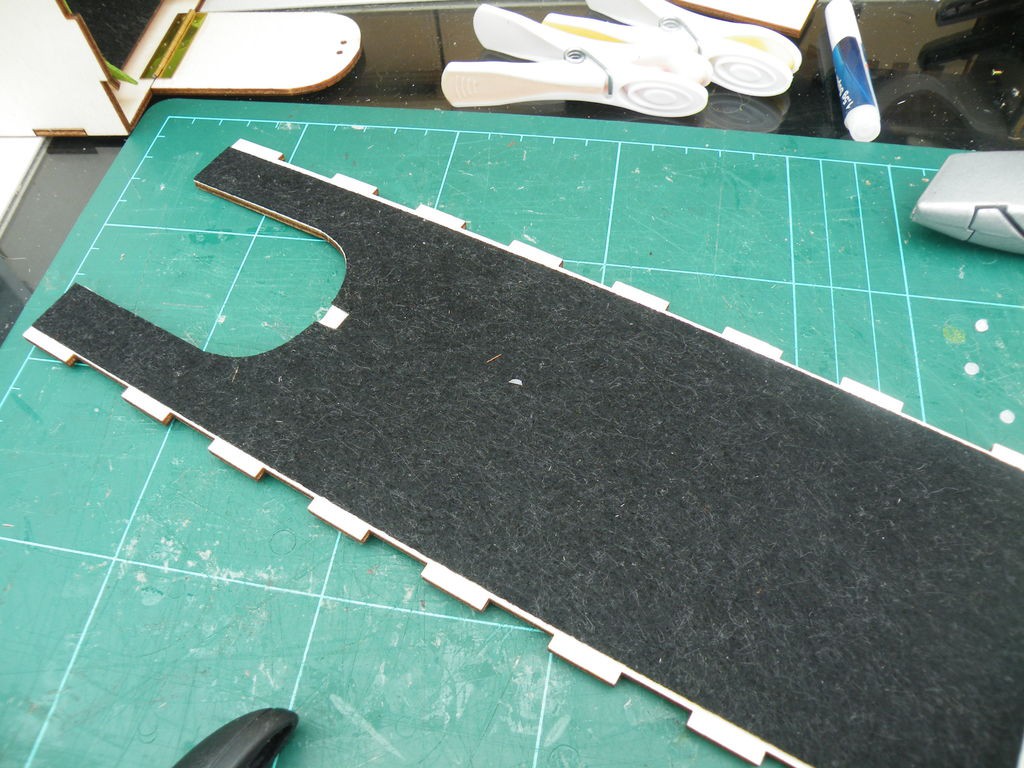
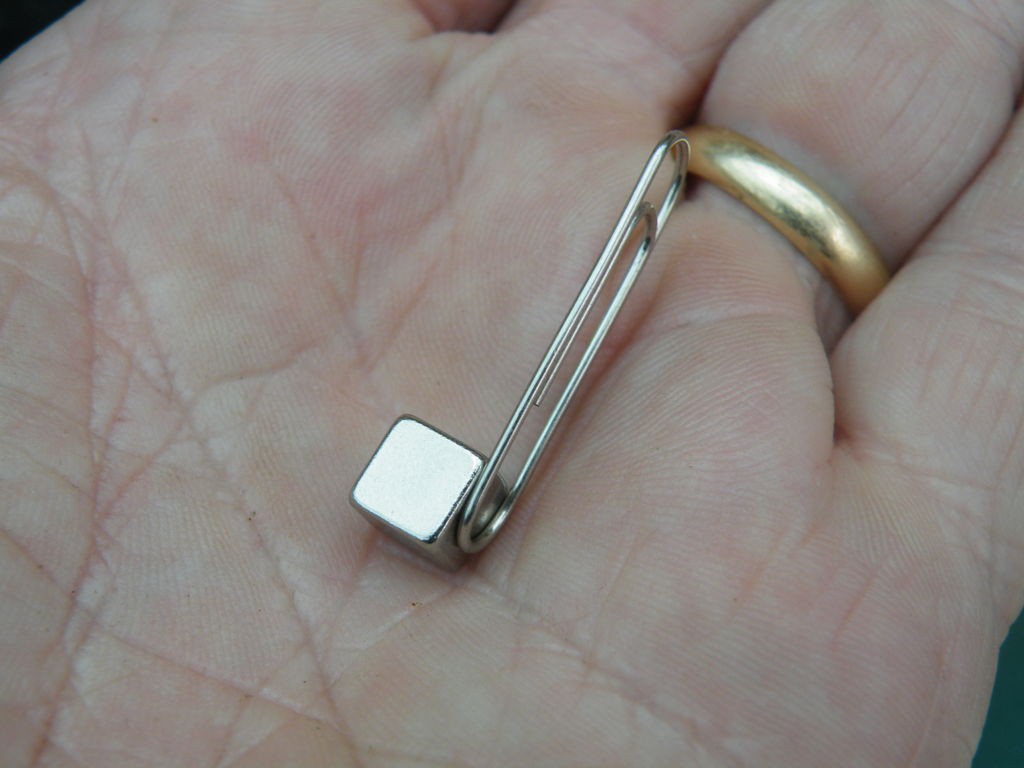
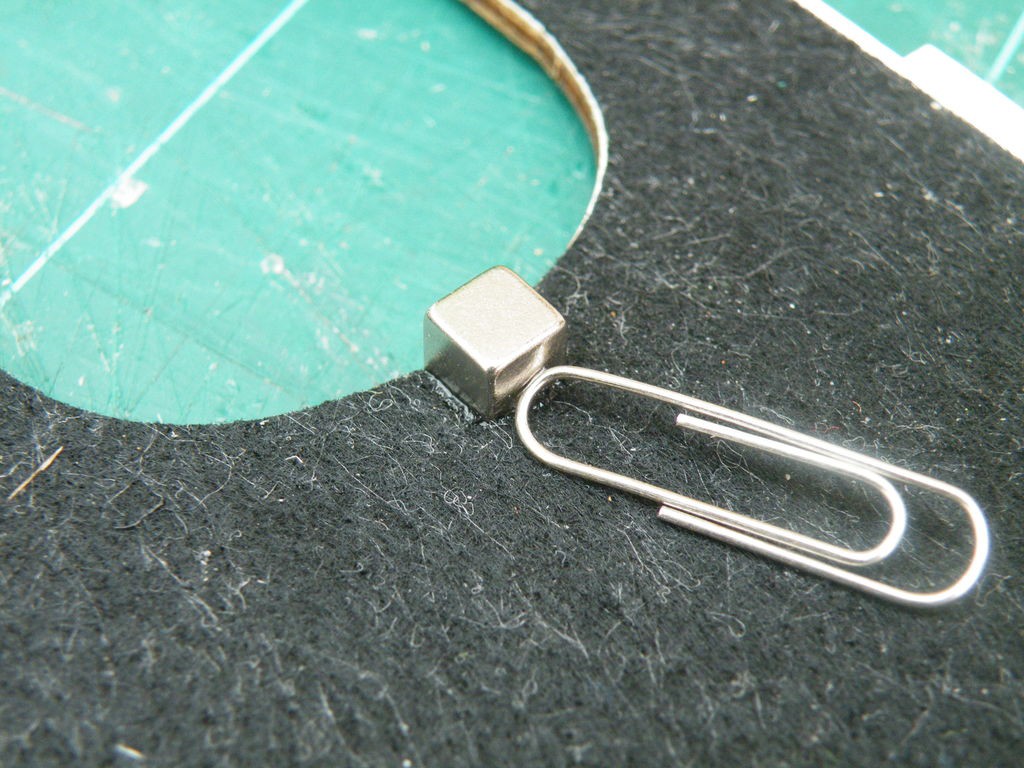
The front of the tower needs lining before it is fitted, and needs the magnetic lock put in place as well.
The digital file has a 3mm hole for the magnet. This is a mistake, as the magnets I have available are 5mm cubes.
It is quite likely that your magnet will need a different-sized hole as well, but this is easily fixed in a few seconds with a sharp knife or a pair of scissors.
When the hole is the right size, glue the felt in place on the wood.
While you give the glue a moment to go tacky, you can find the poles of the magnet...
The magnetic "lock" I am using here works better if one of the poles of the magnet is pointing downwards. It's very easy to identify a pole on a magnet, even if it is a cube - just let a paperclip fall freely onto the magnet, and it will land at one of the poles. It doesn't matter which one.
Put a large drop of superglue into the space for the magnet, and quickly set it in place - you can leave the paperclip on the magnet to help you line it up.
Step 11: Finish the Lock
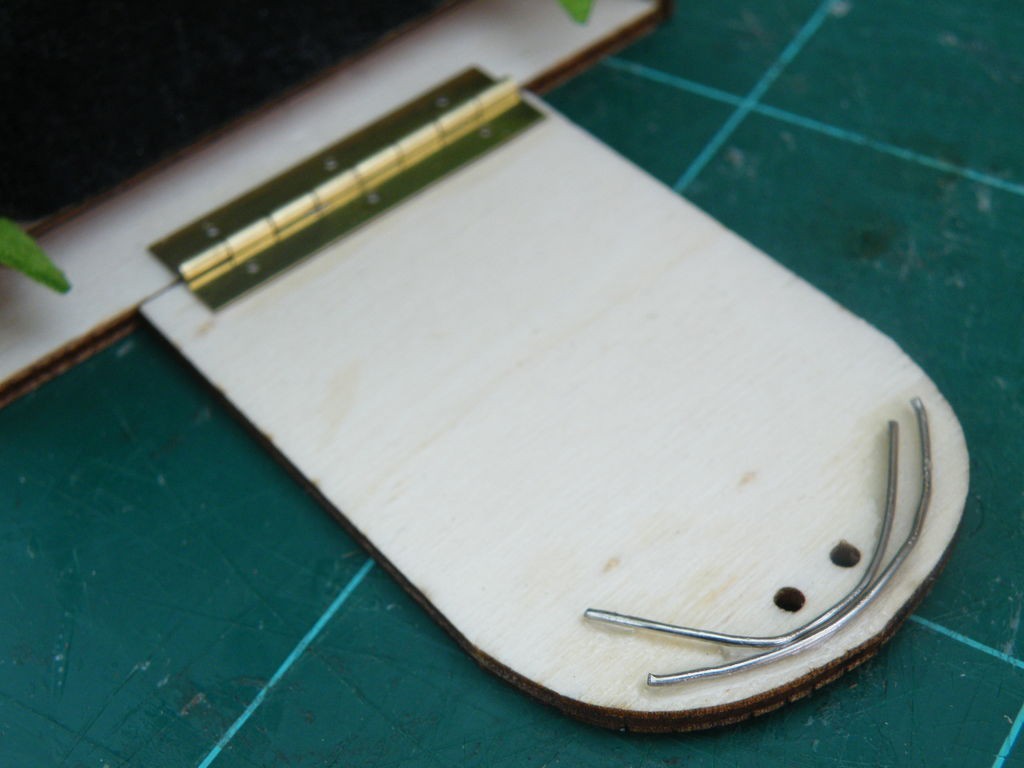
The magnet on the door frame needs something ferrous to hold onto.
You could use a small washer or a piece cut from a steel can, but I used a paperclip. I straightened the clip, cut it in half, then curved it to fit between the top of the door and the holes that will hold the handle.
Once they were lying in place, I drizzled a few drops of superglue onto them and left it to dry.
Step 12: Tidy the Doorstep.
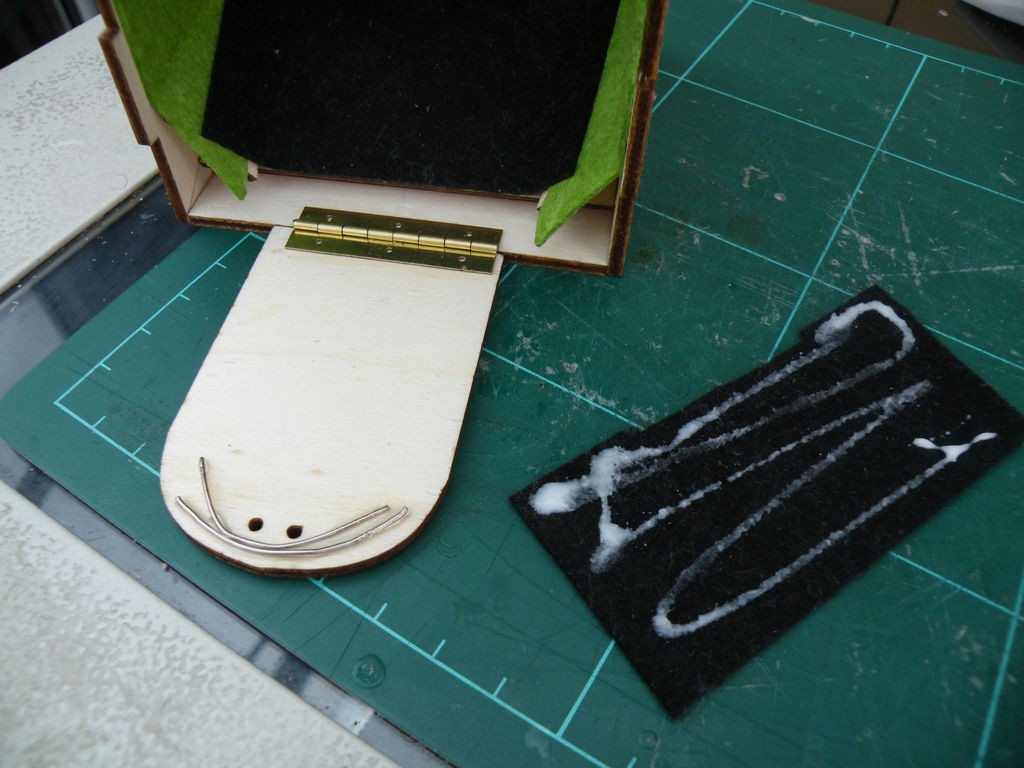
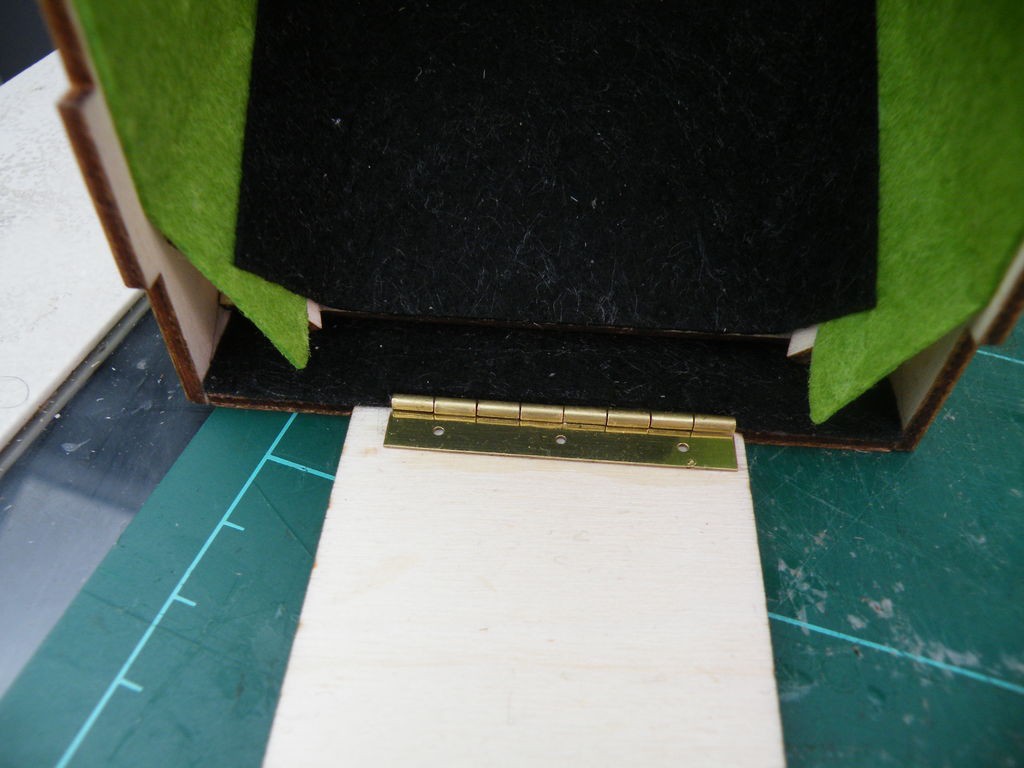
I became conscious at this point that the "doorstep" area of the tower wasn't very pretty, with exposed wood, so I cut a covering piece from the offcuts of the black felt, glued it, and then slipped it in pace, covering the bare wood and disappearing under the edge of the bottom slope.
I also cut a notch into it to fit around the bulge of the hinge.
Step 13: Finishing the Door.
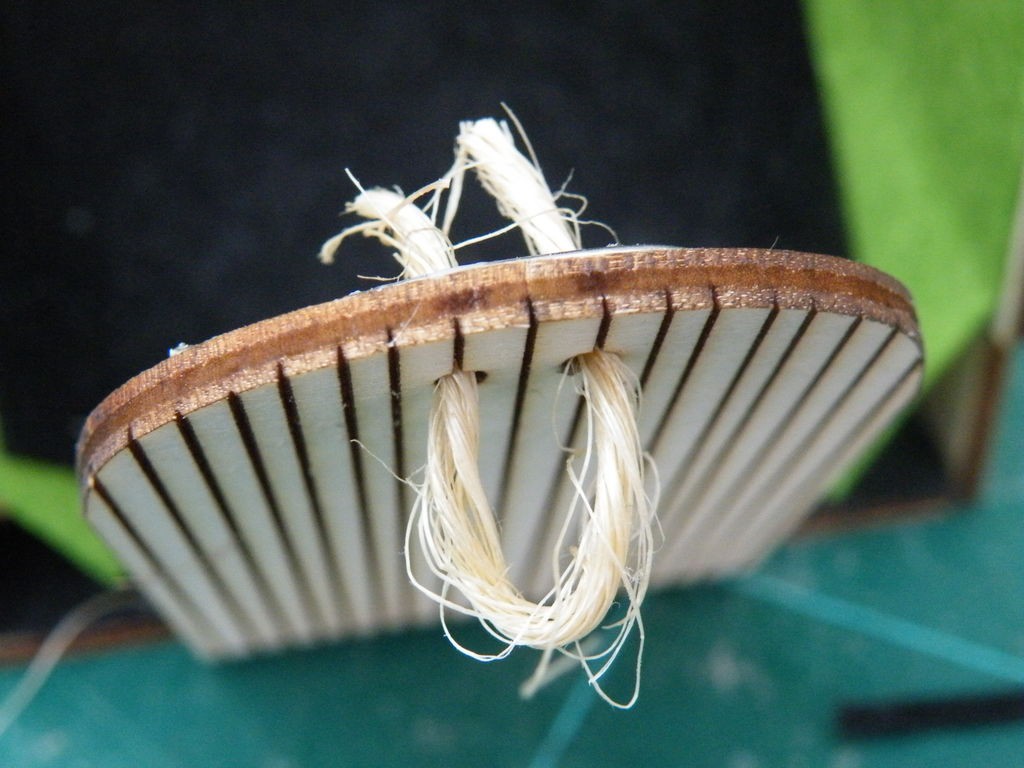
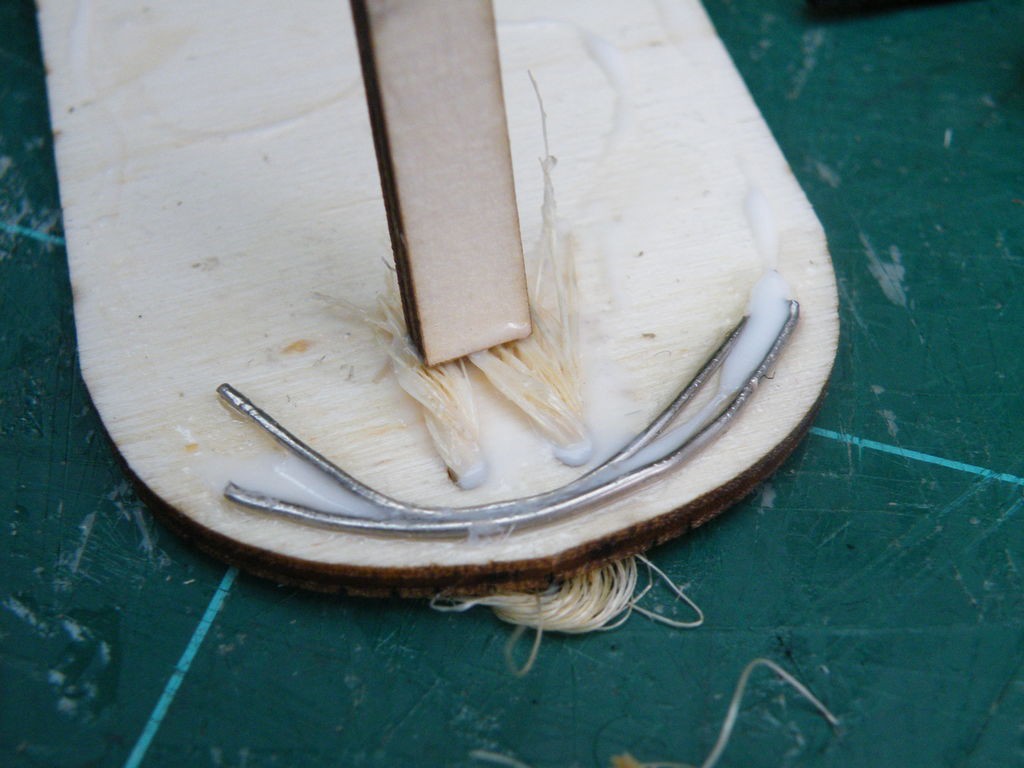
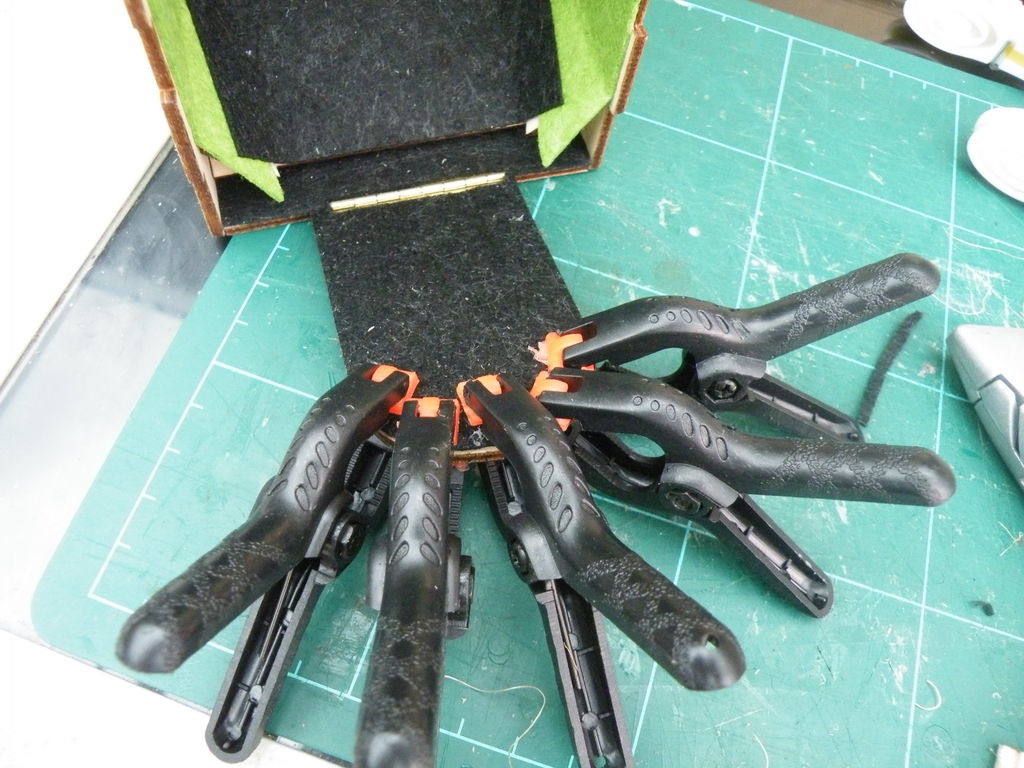
The door still needs a handle to open it, and lined.
I used a short length of jute string, threaded through the holes cut in the top of the door.
I didn't knot them at the back, because that would have made a big lump in the lining. Instead, I mashed the ends of the string flat into blobs of wood-glue. To save messy hands (and dirty fingerprints on the project), I used a scrap of plywood to do the mashing.
I then smeared glue al over the inside of the door and stuck on the final piece of felt.
Because of the paperclips and the string, the door needed a lot of clamping around the curve while the glue dried.
Step 14: Fit the Front
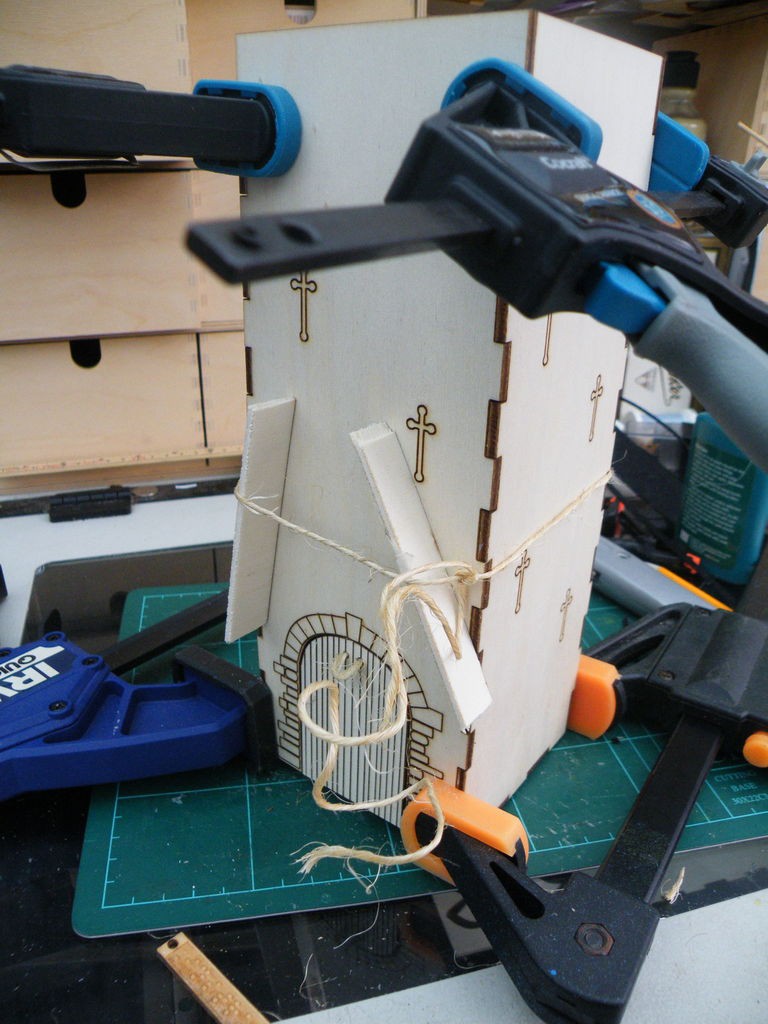
Exactly as the title says - glue the front of the tower into place.
There was a slight resistance from the edges of the felt lining, so the front piece needed clamping all the way up. I don't own enough clamps to do that, so I used a Spanish Windlass to clamp the middle section.
To make a Spanish Windlass, tie a piece of string around the part you want to clamp, slip a flat piece of wood in between the string and the work-piece, then twist the wood onto its edge, applying significant amounts of pressure at that point.
Step 15: Crenellations
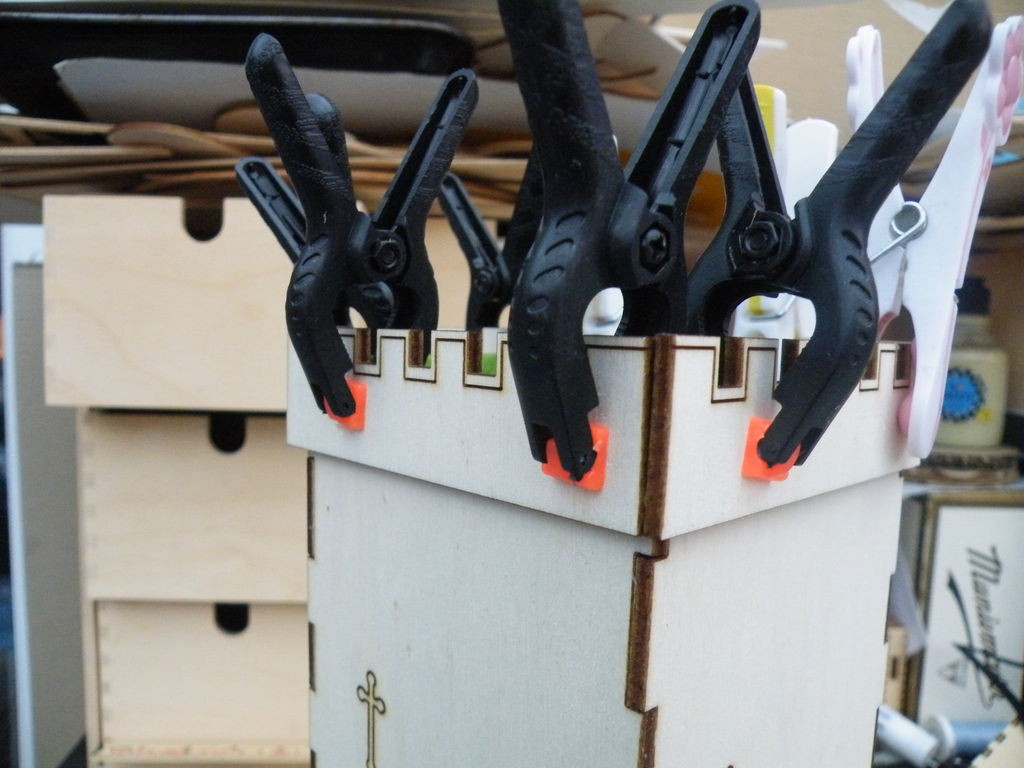
A tower isn't a tower without crenellations.
The four parts glue to the top of the tower (obviously). Glue then flush on one side, and sticking out on the other - the four pieces then make a complete square around the top of the tower.
Glue, clamp, and leave it to dry.
Step 16: Done!
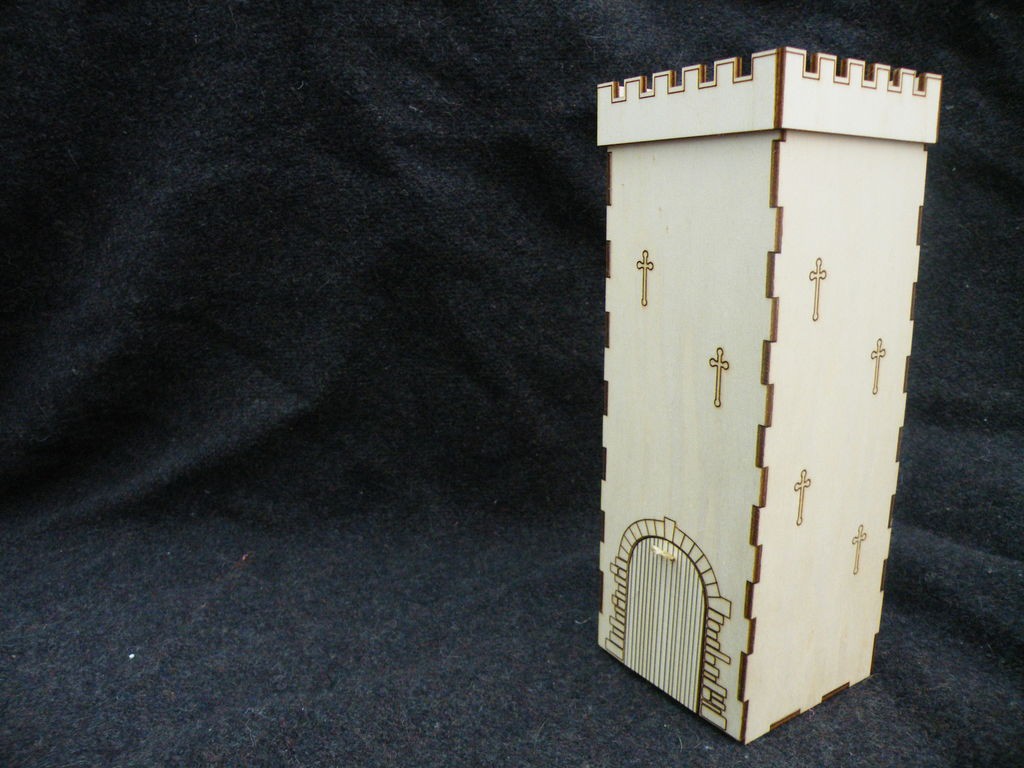

That's it, you're ready to go.
Open the front door, drop the dice into the top, and read off the score.
I've tried the tower with every shape of dice, even D4, and they all roll through easily. In fact, even a handful of change tumbles through without sticking or catching anywhere.
If you make your own dice tower, I'd love to see it - you can post a picture in the comments.
Step 17: Update: an Extra
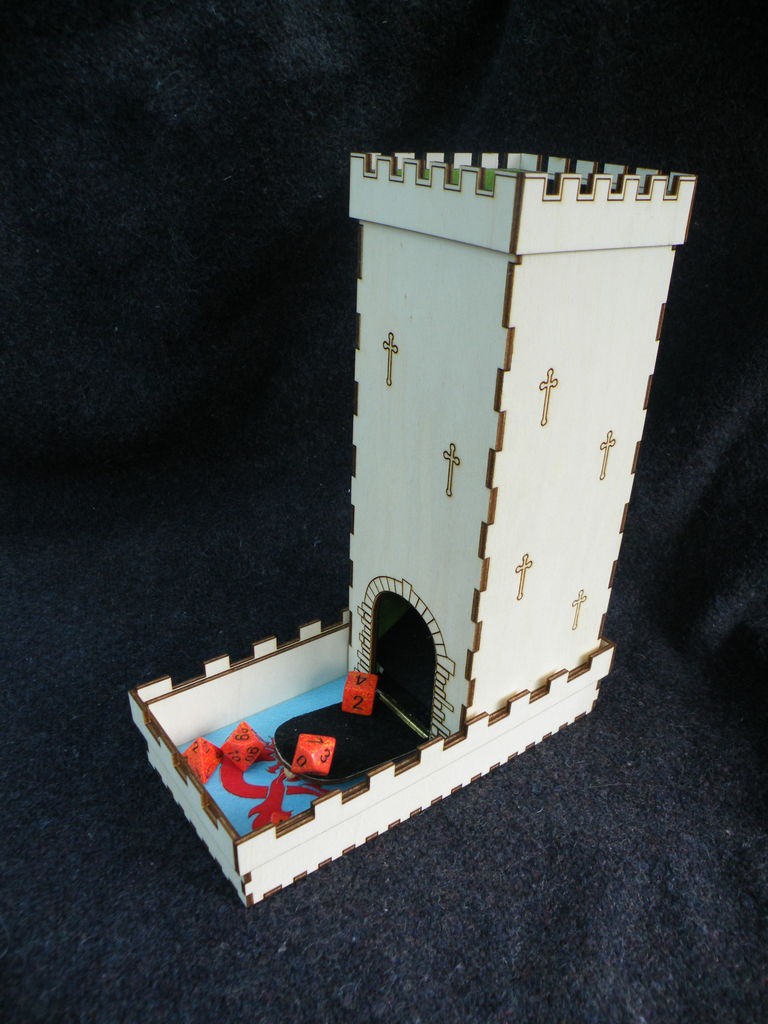
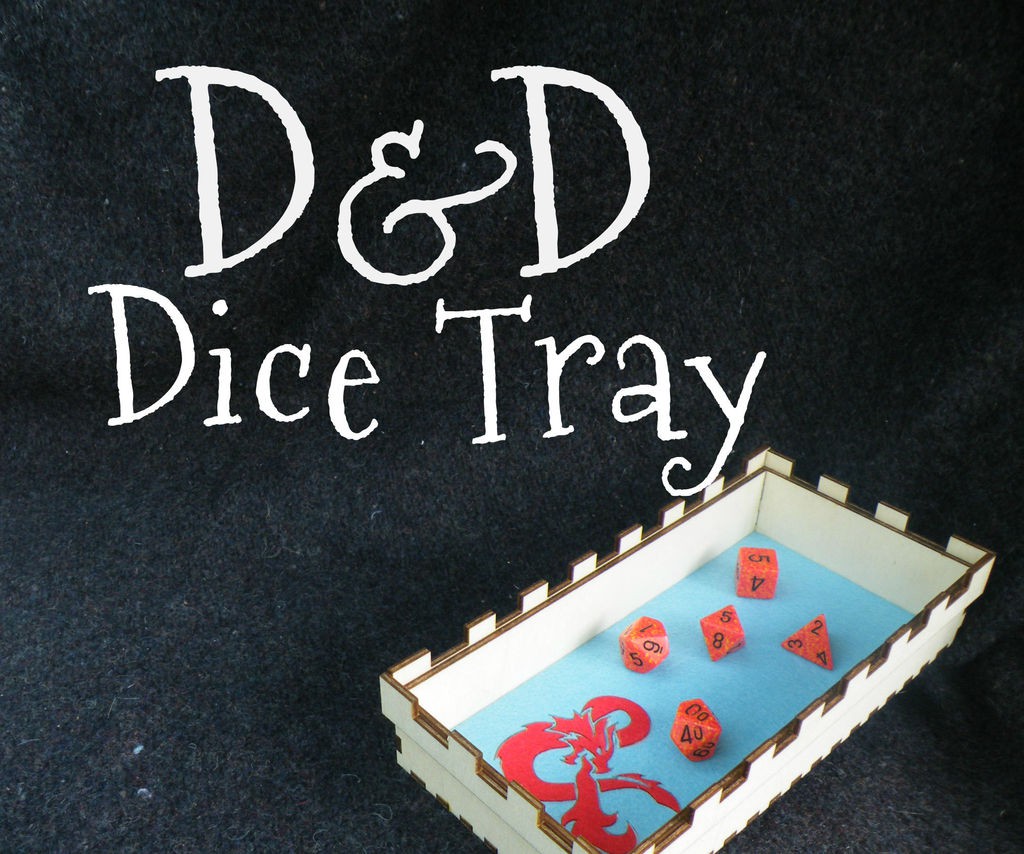
Since I published this, I have made an extra accessory to go with the tower.
Why not check out the Dice Tray?
 Mark Langford
Mark Langford